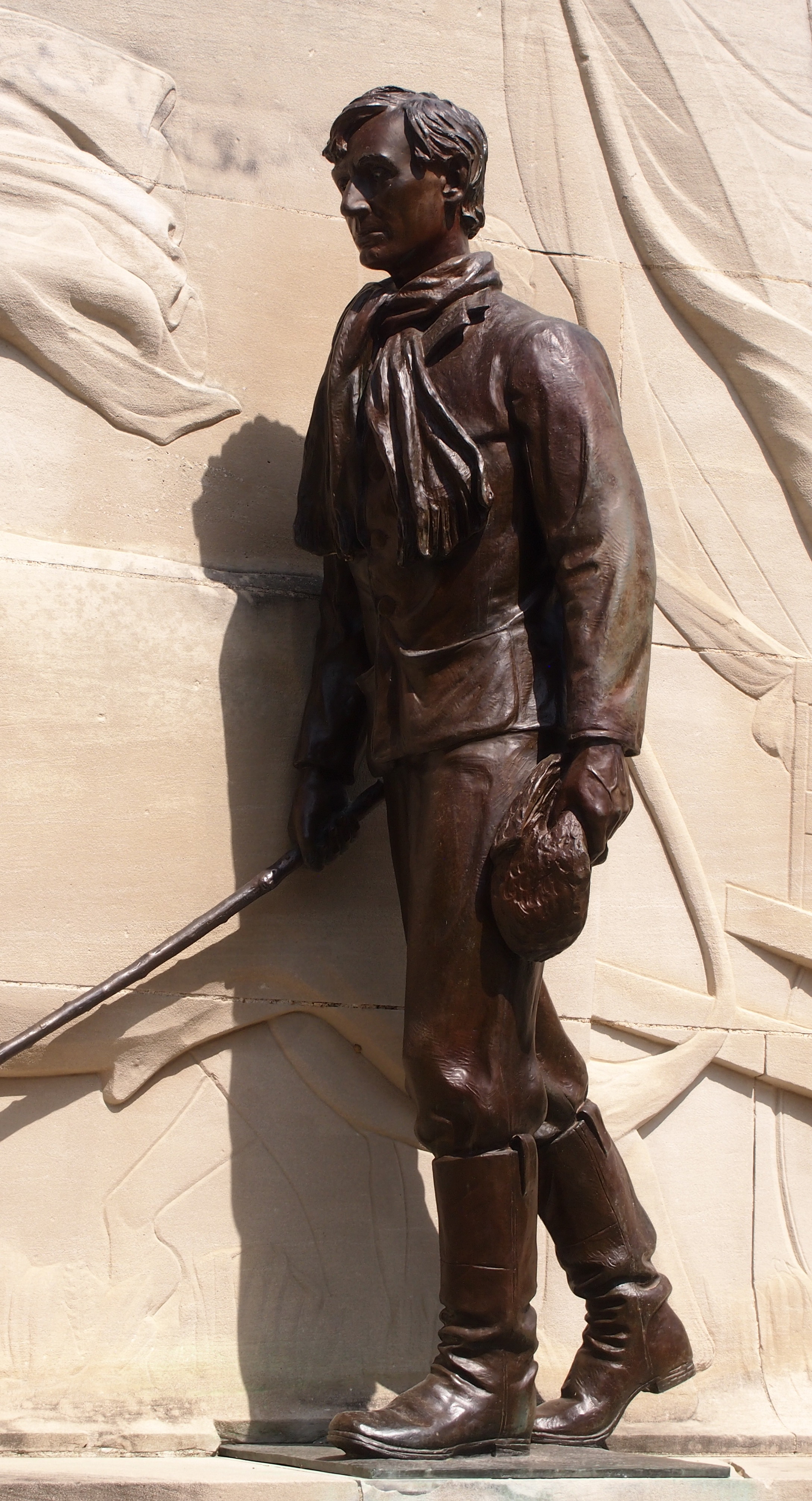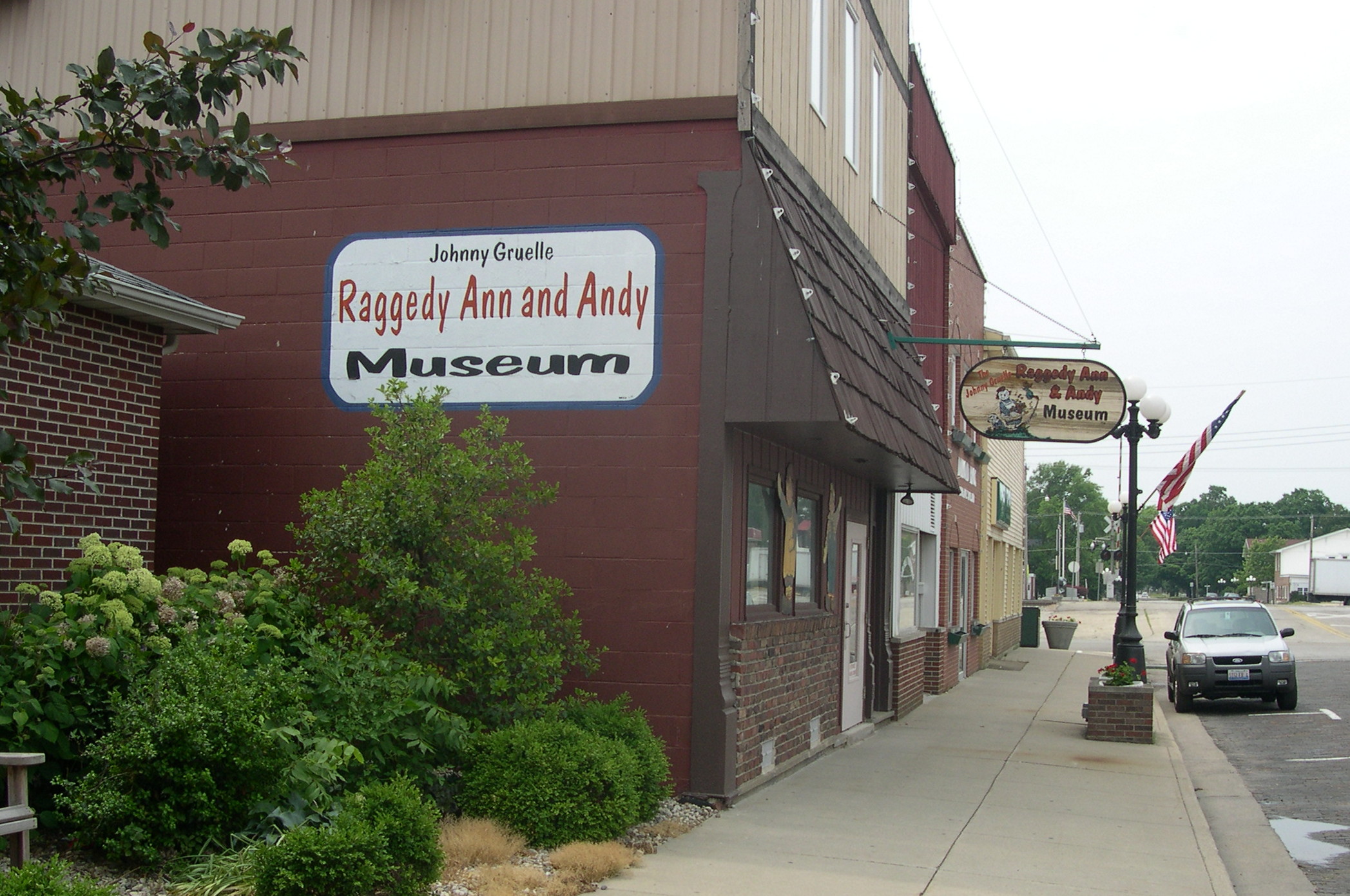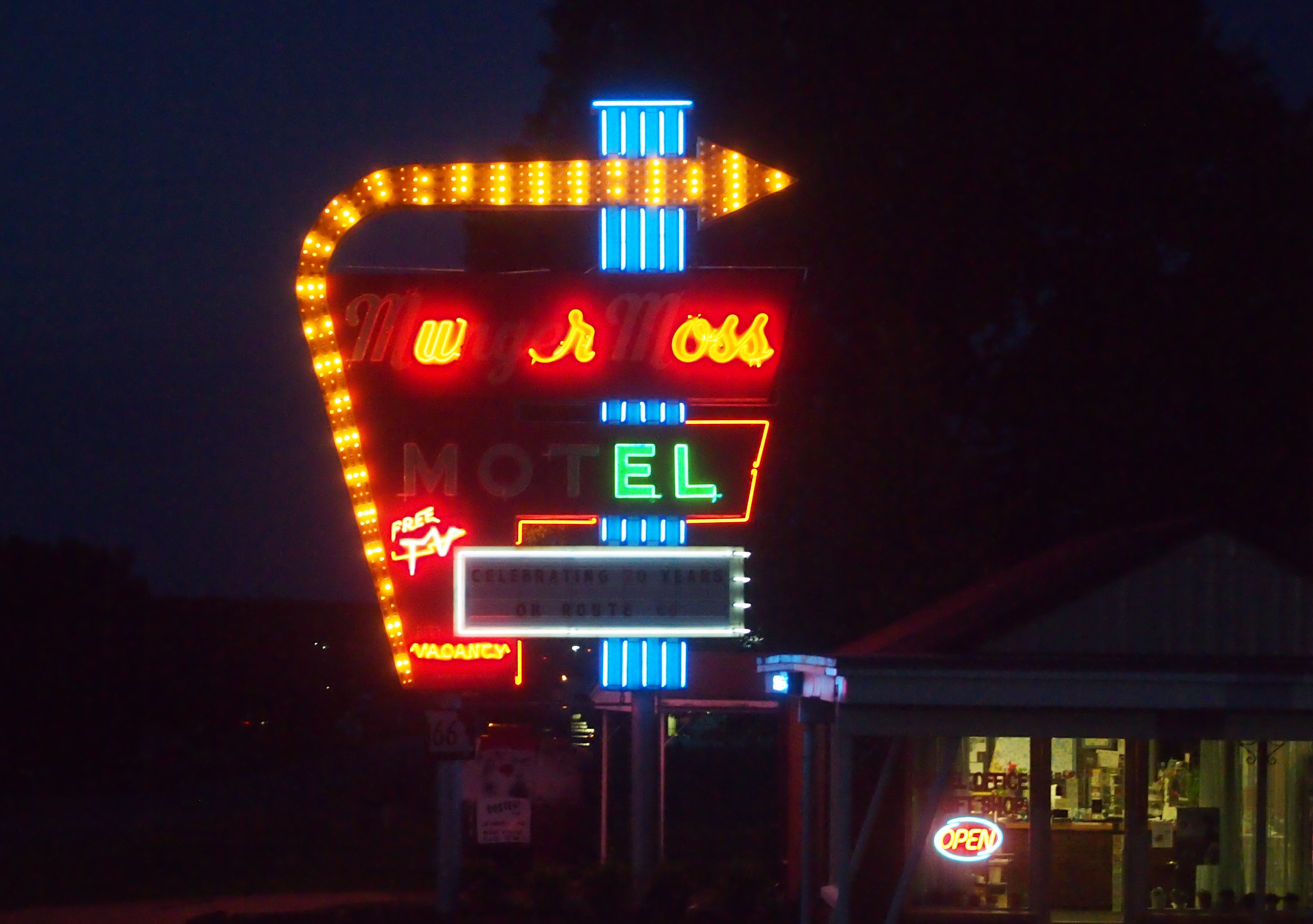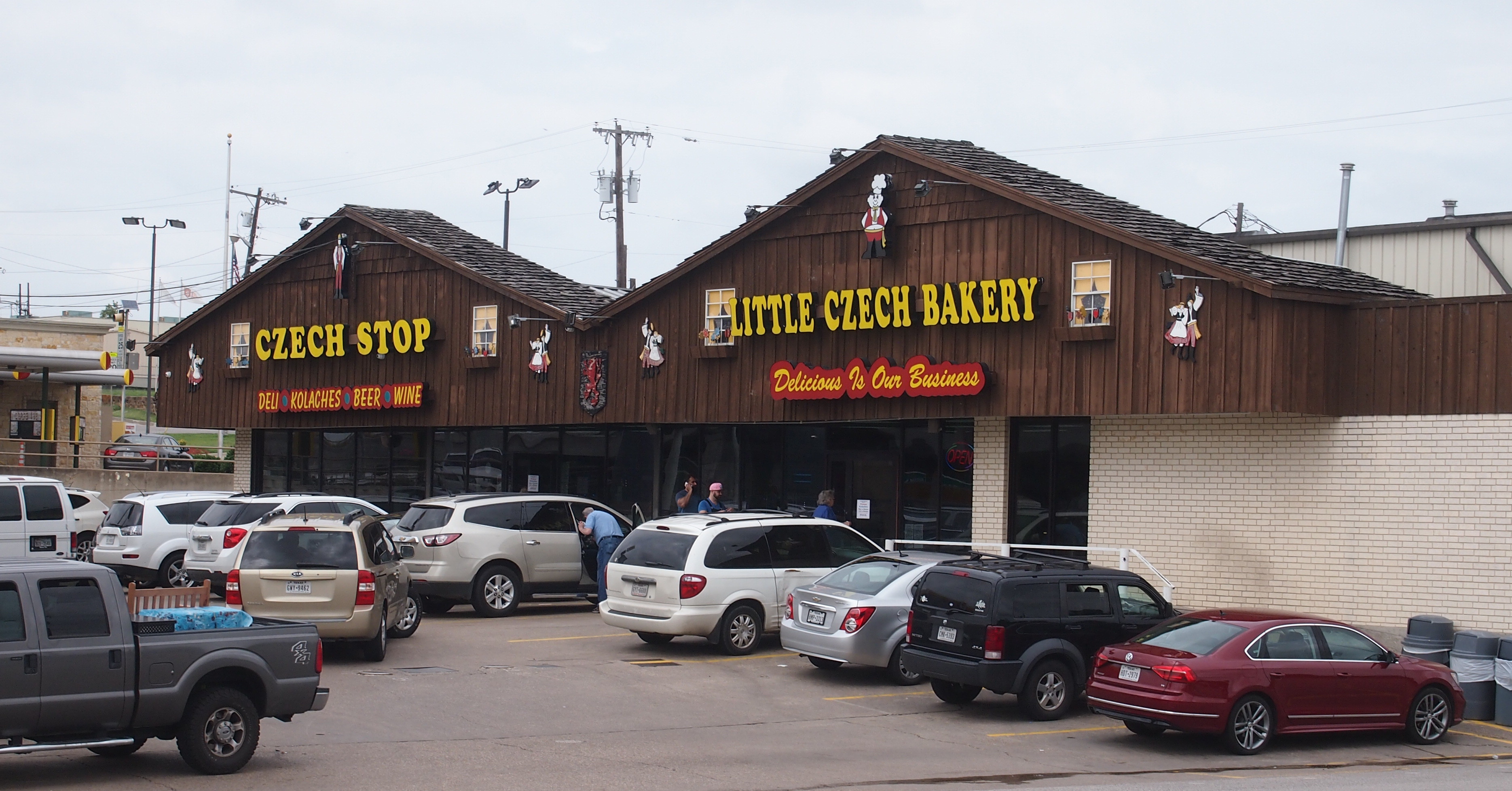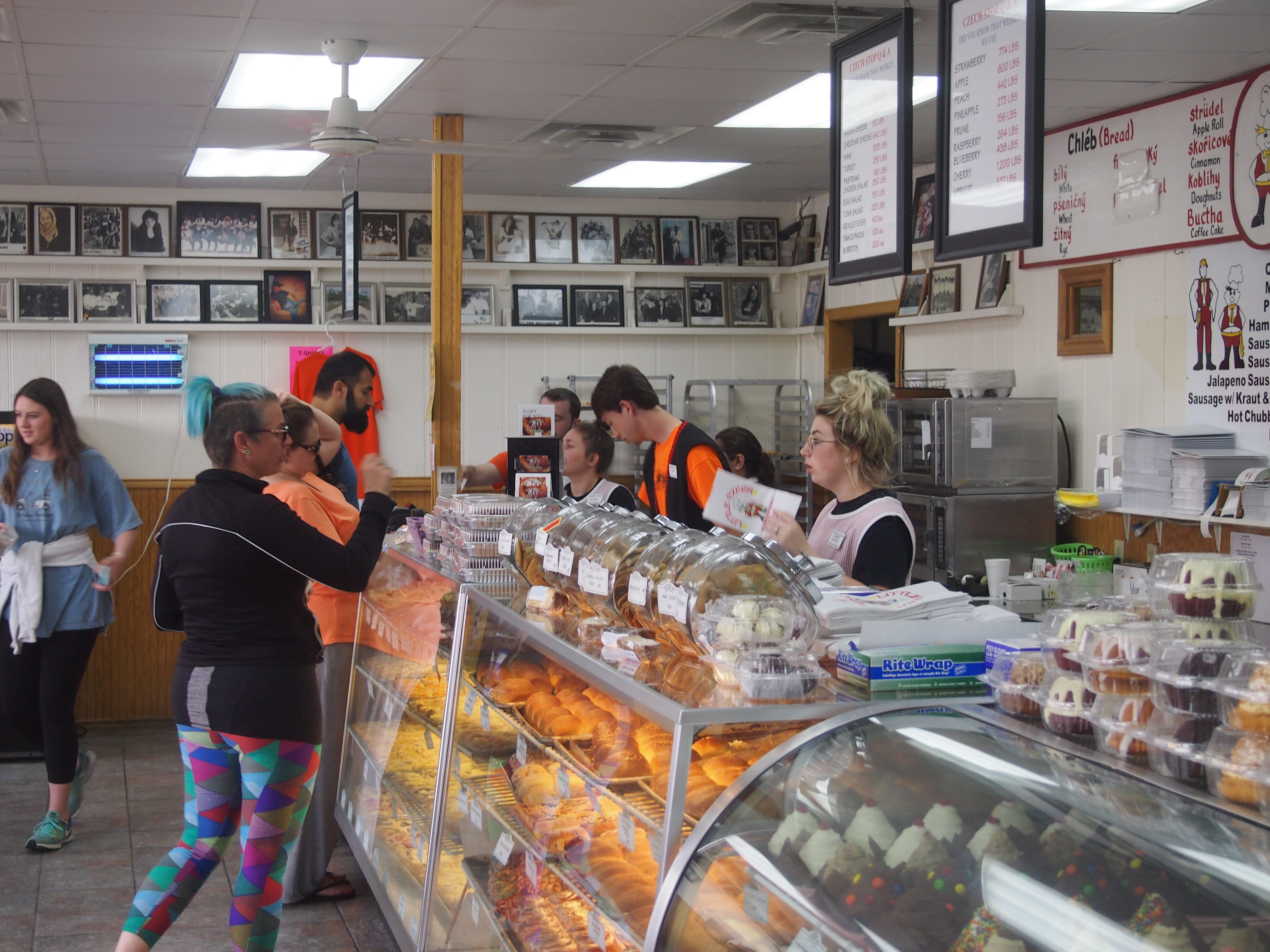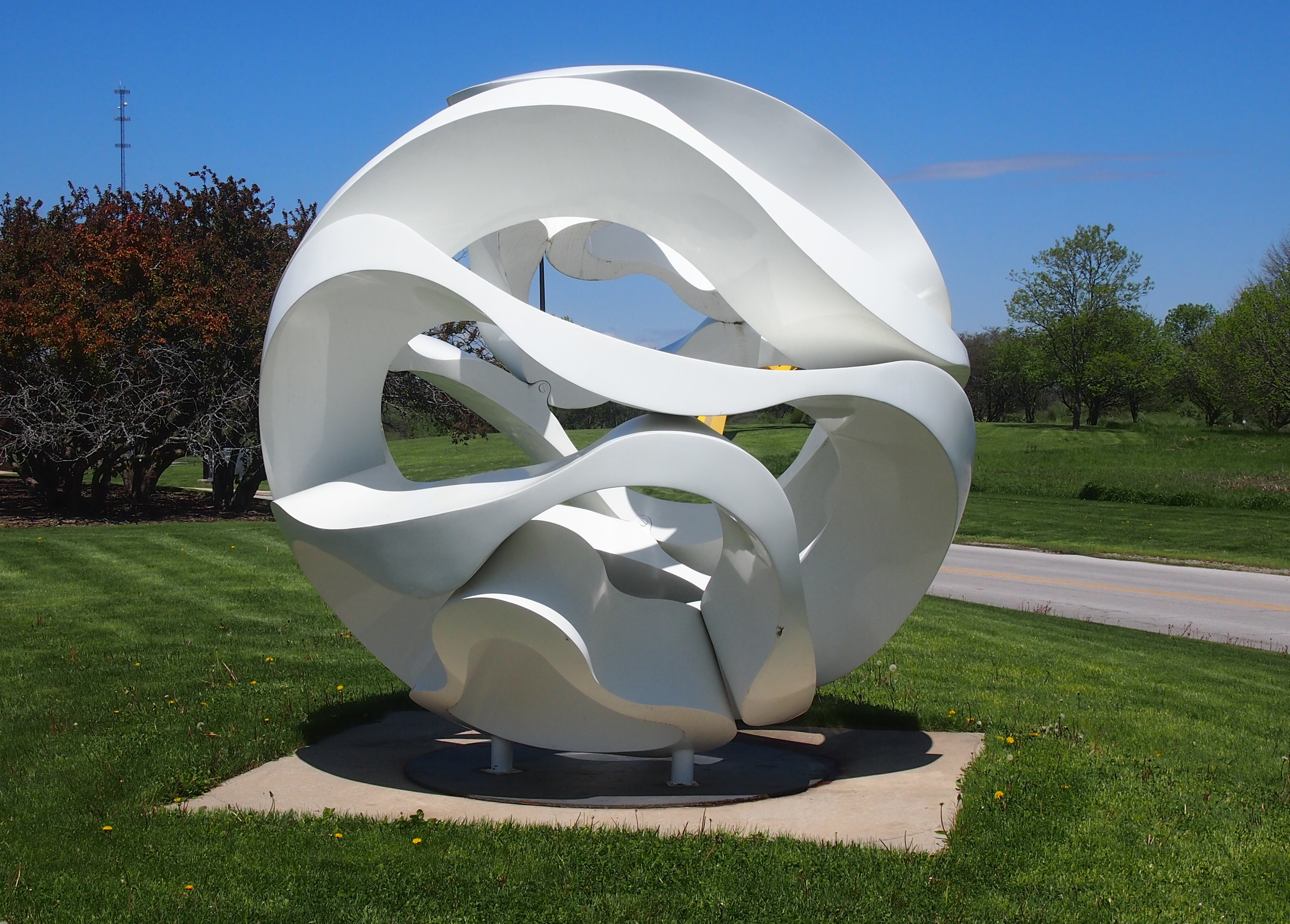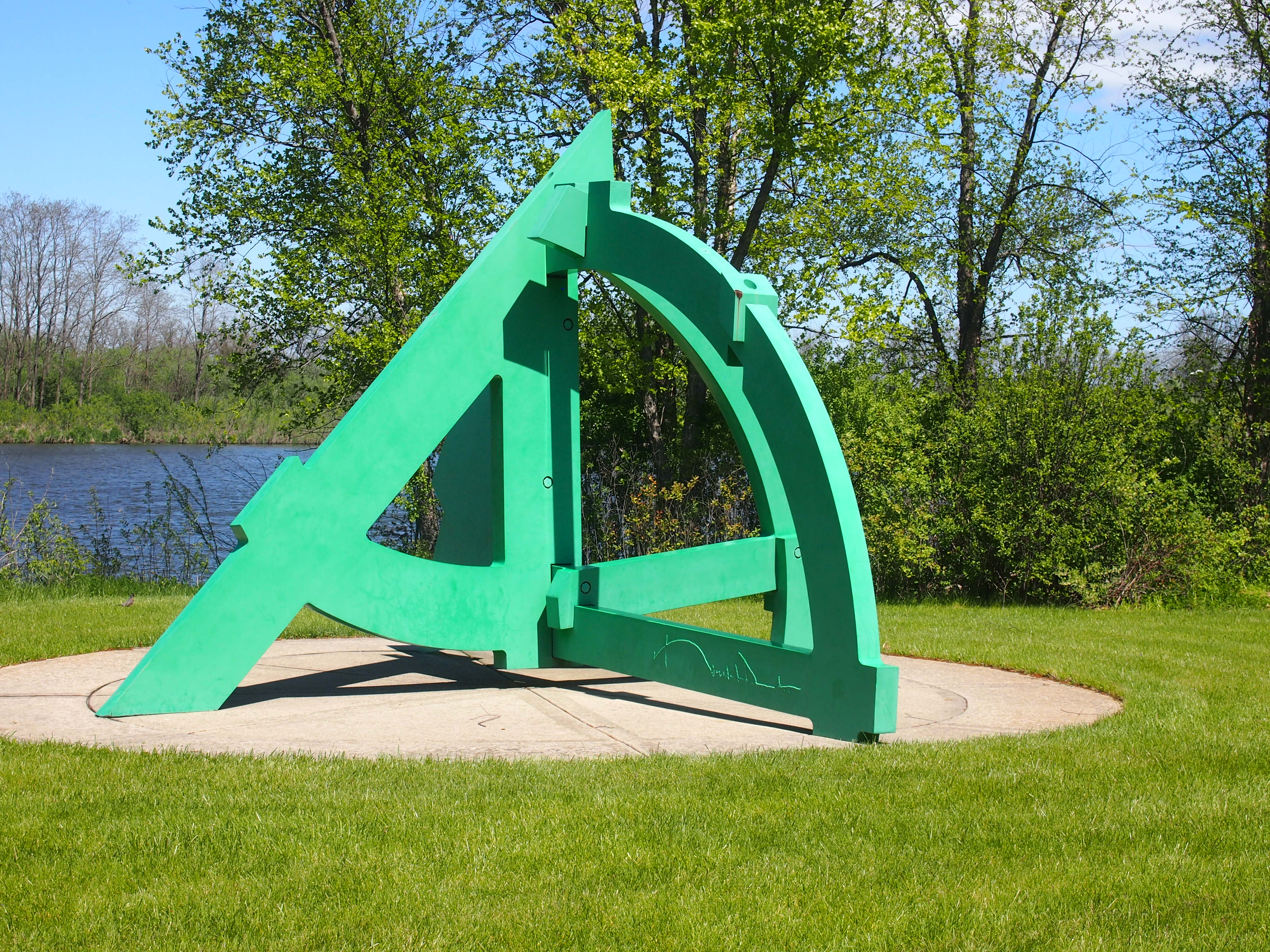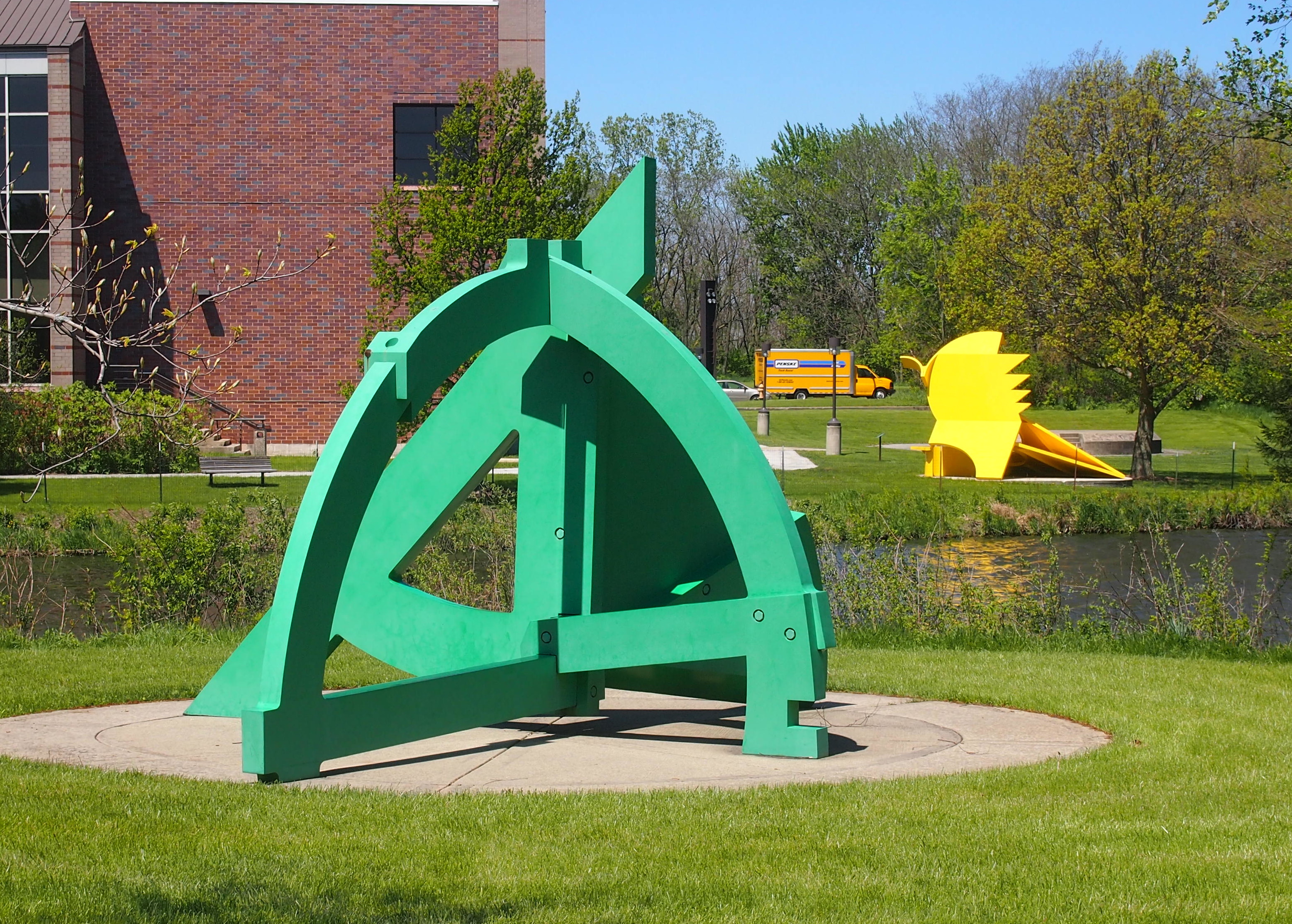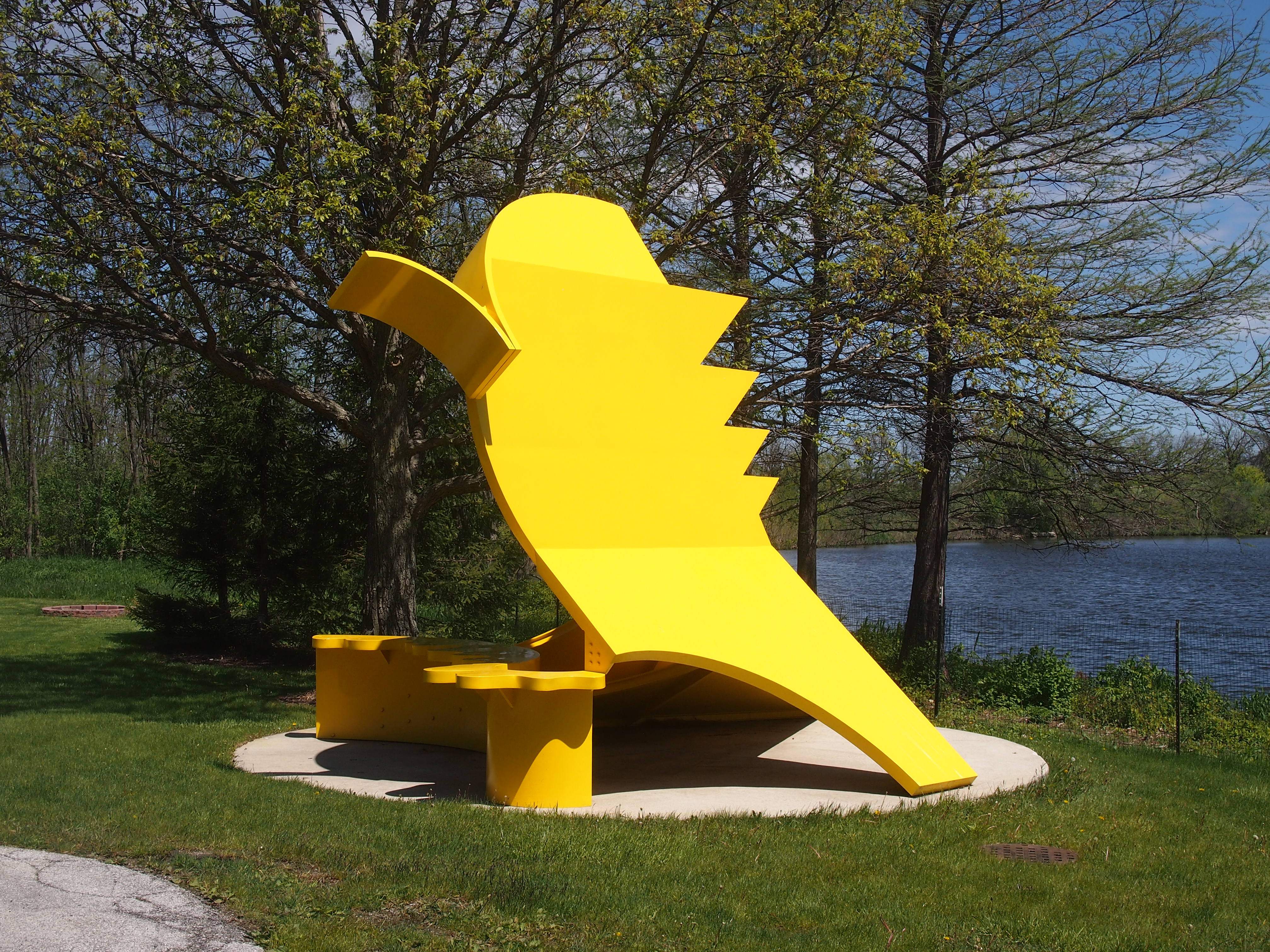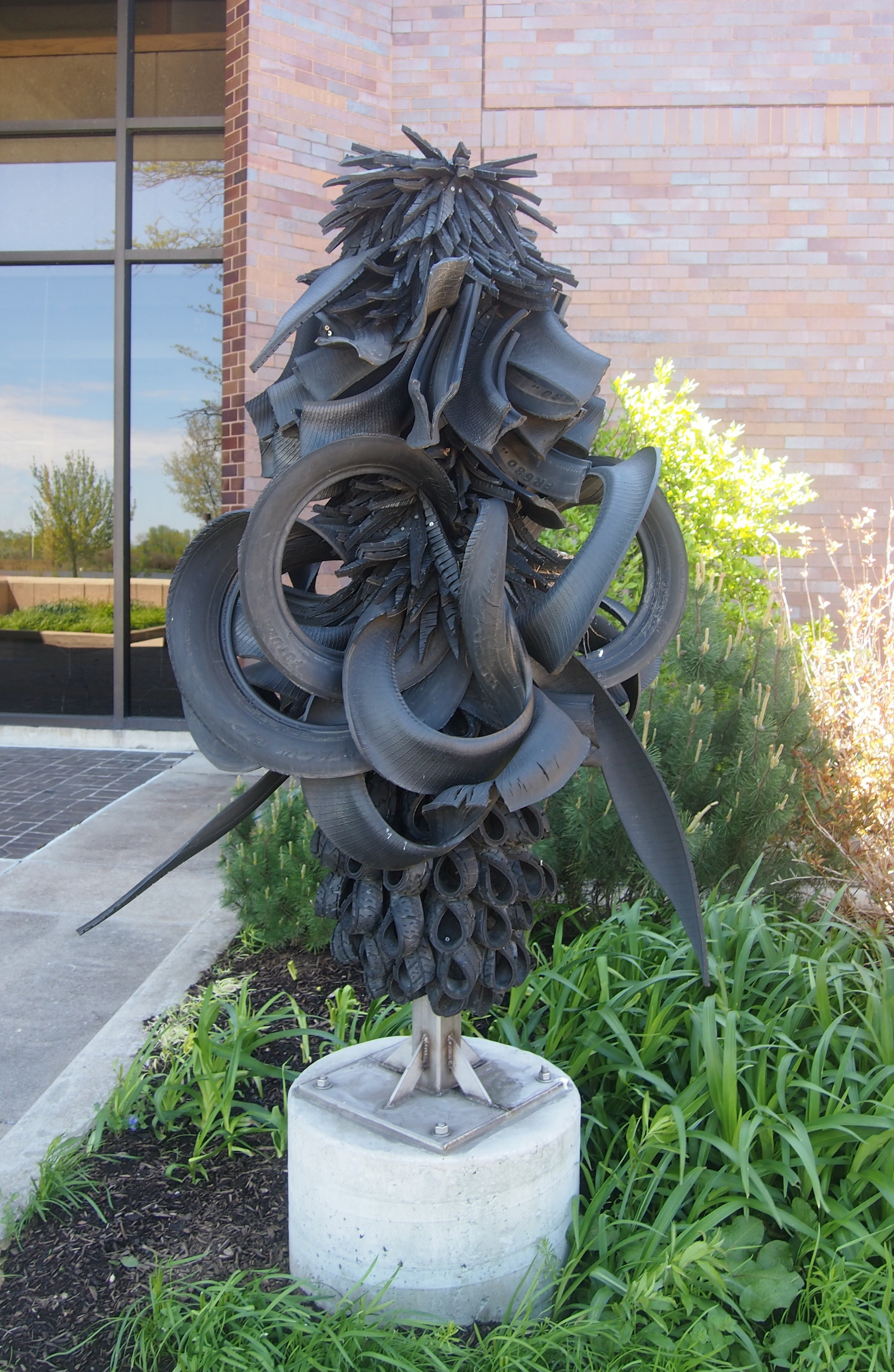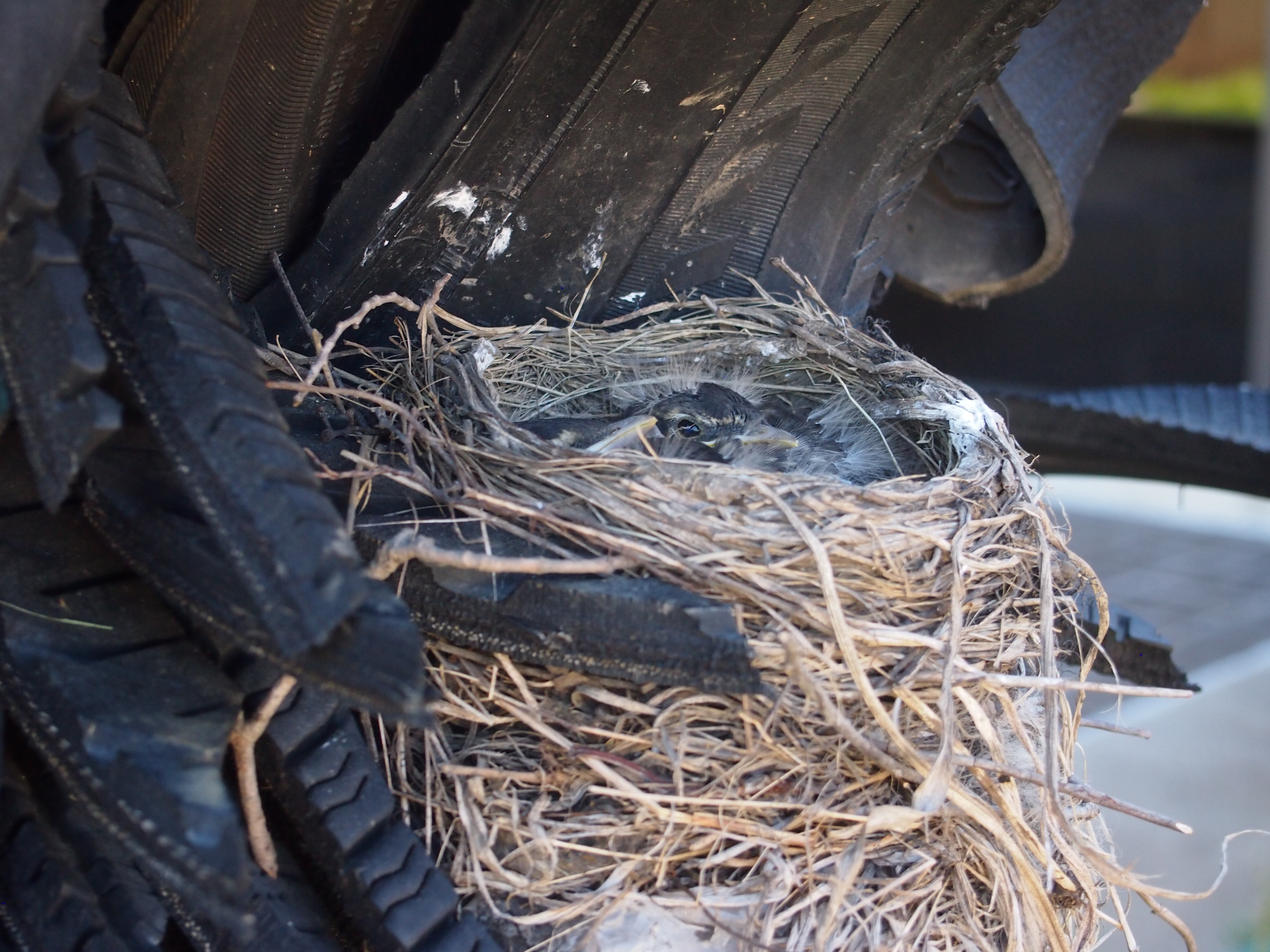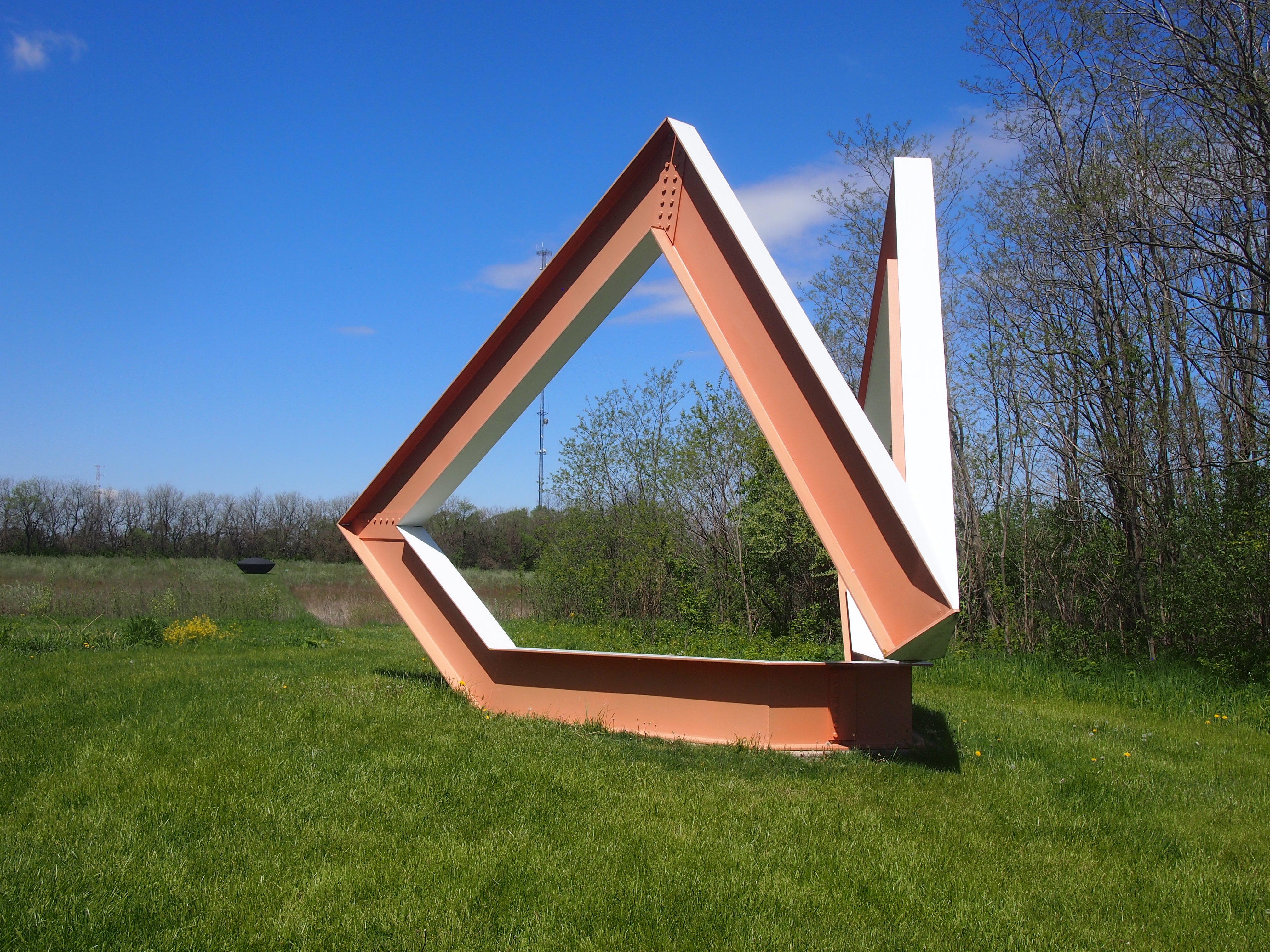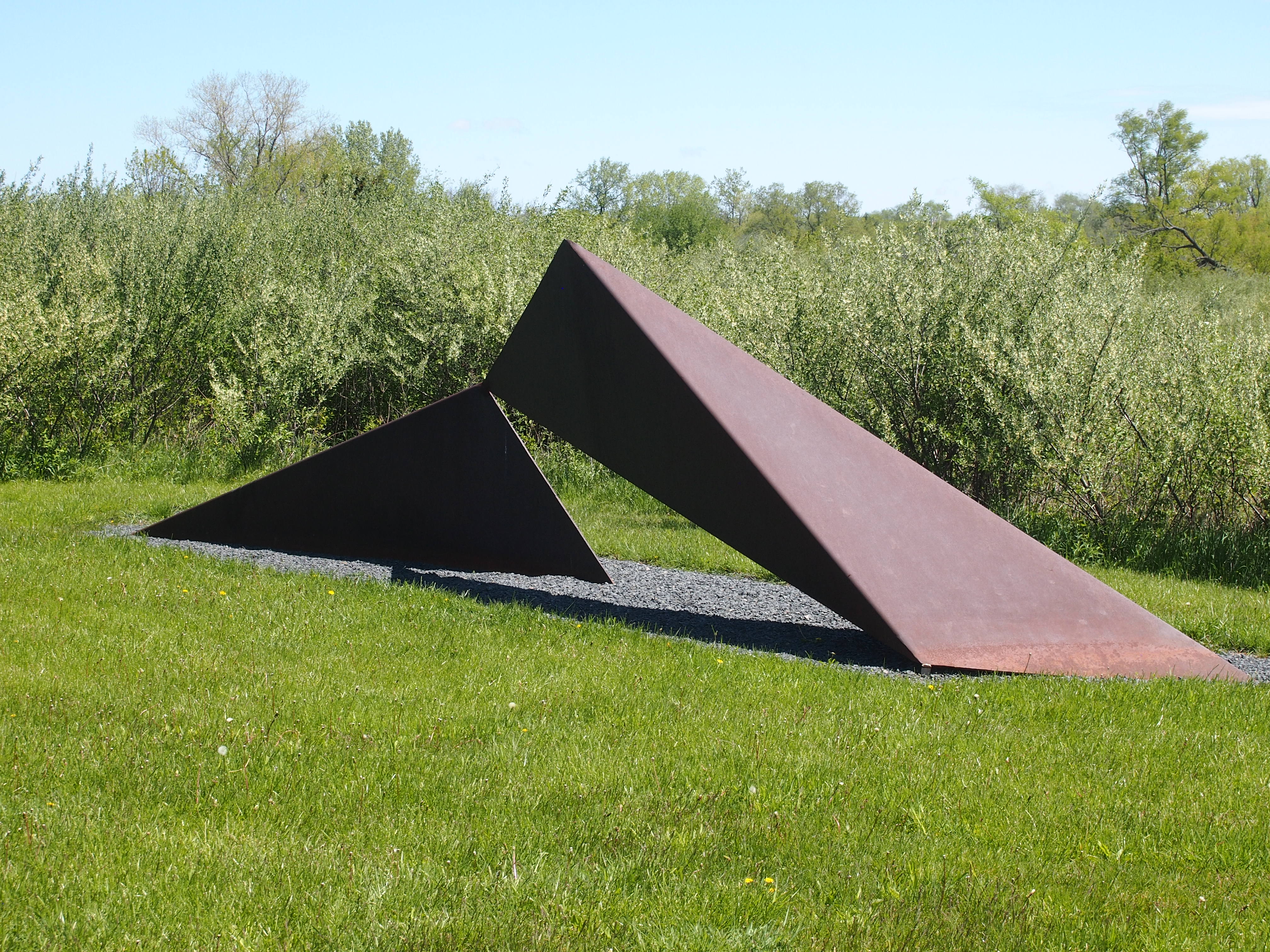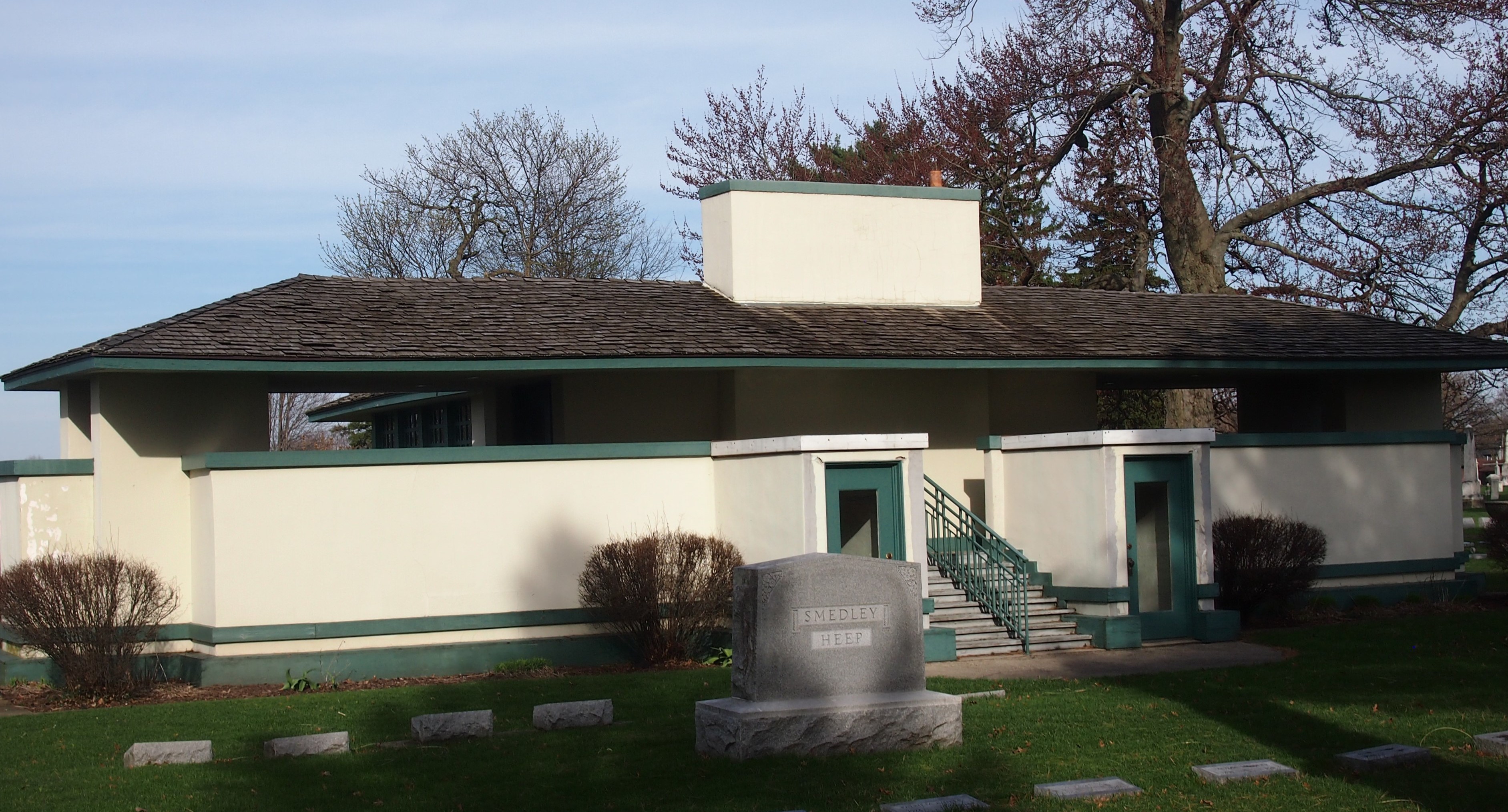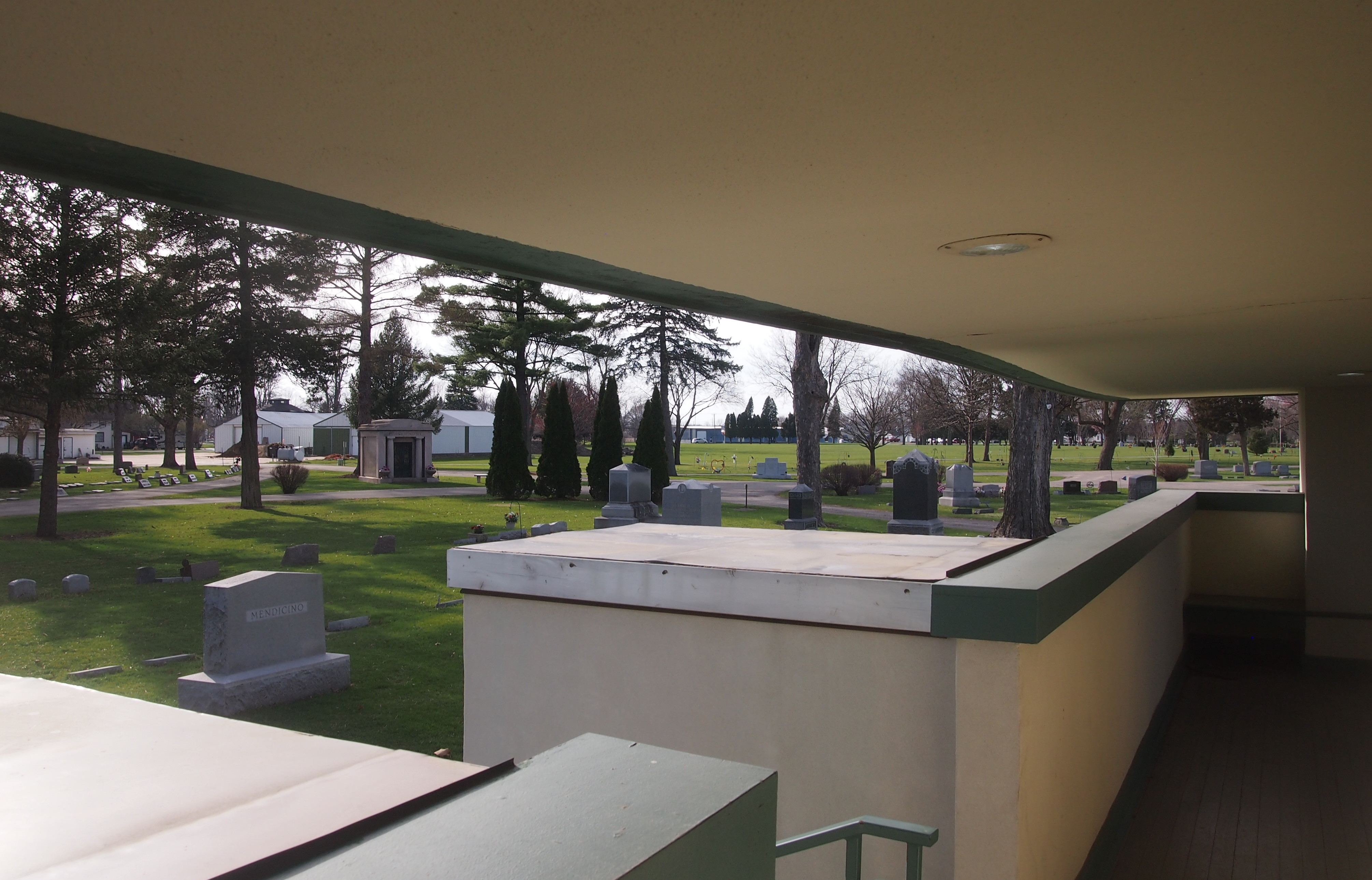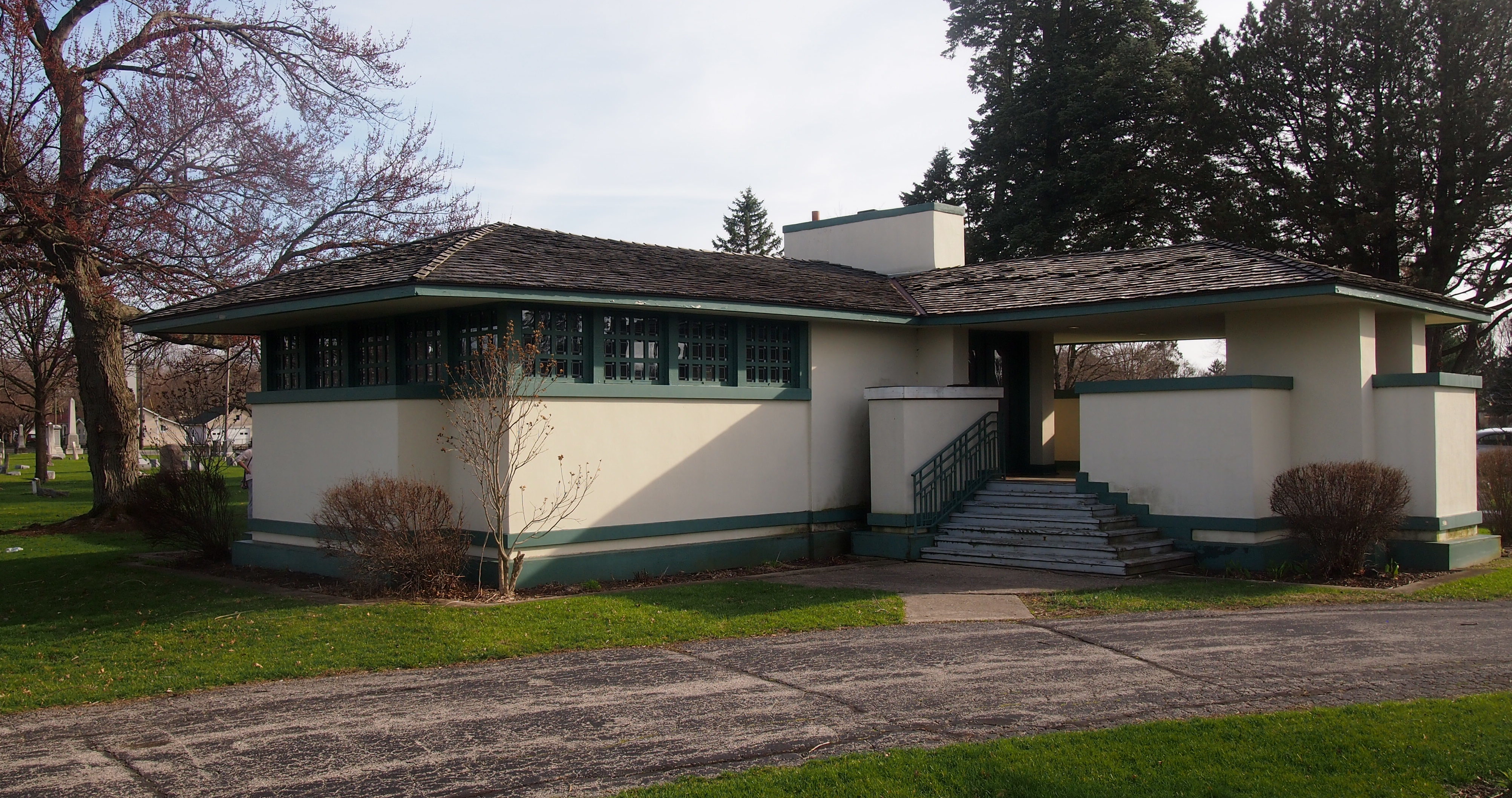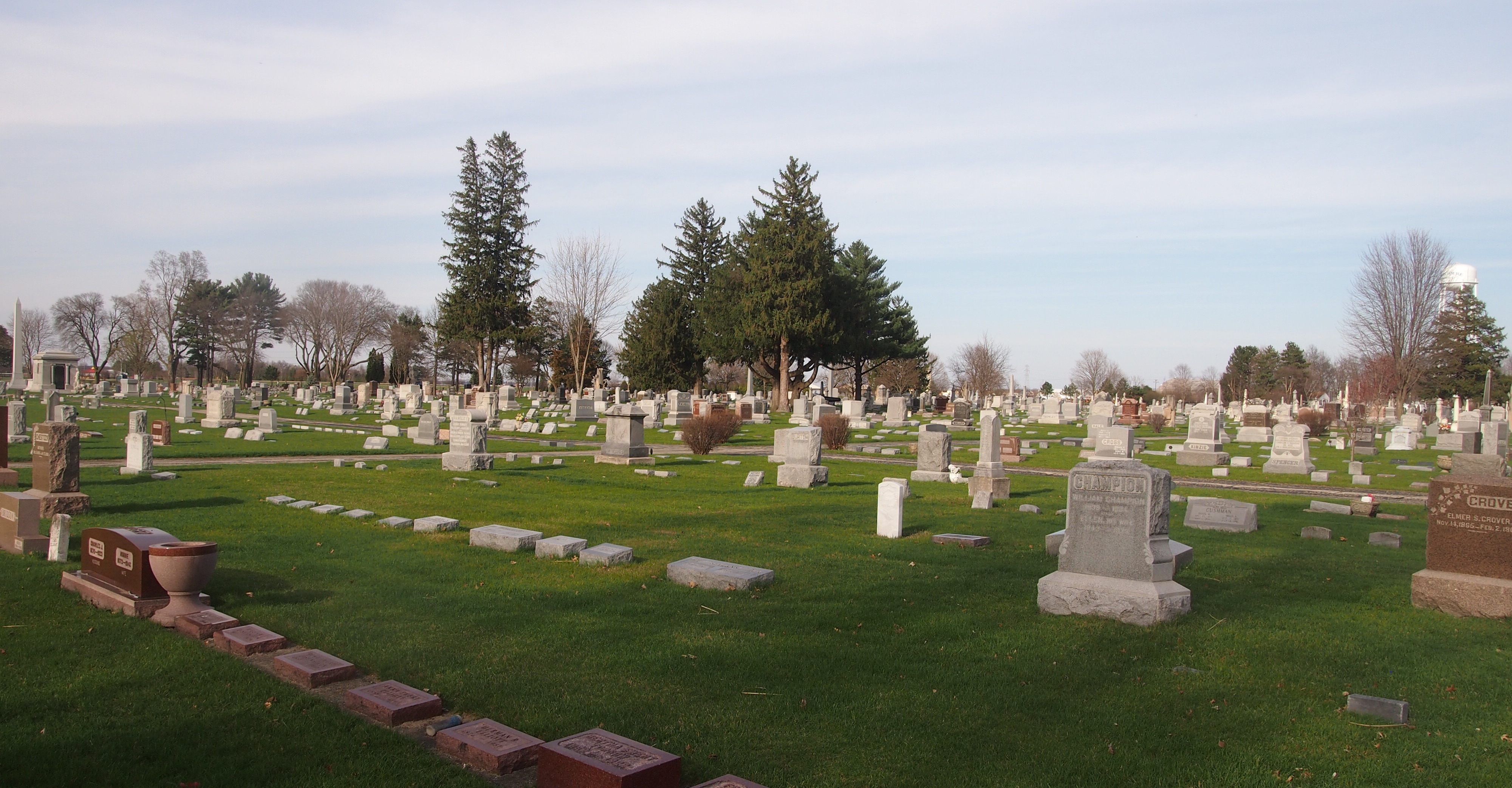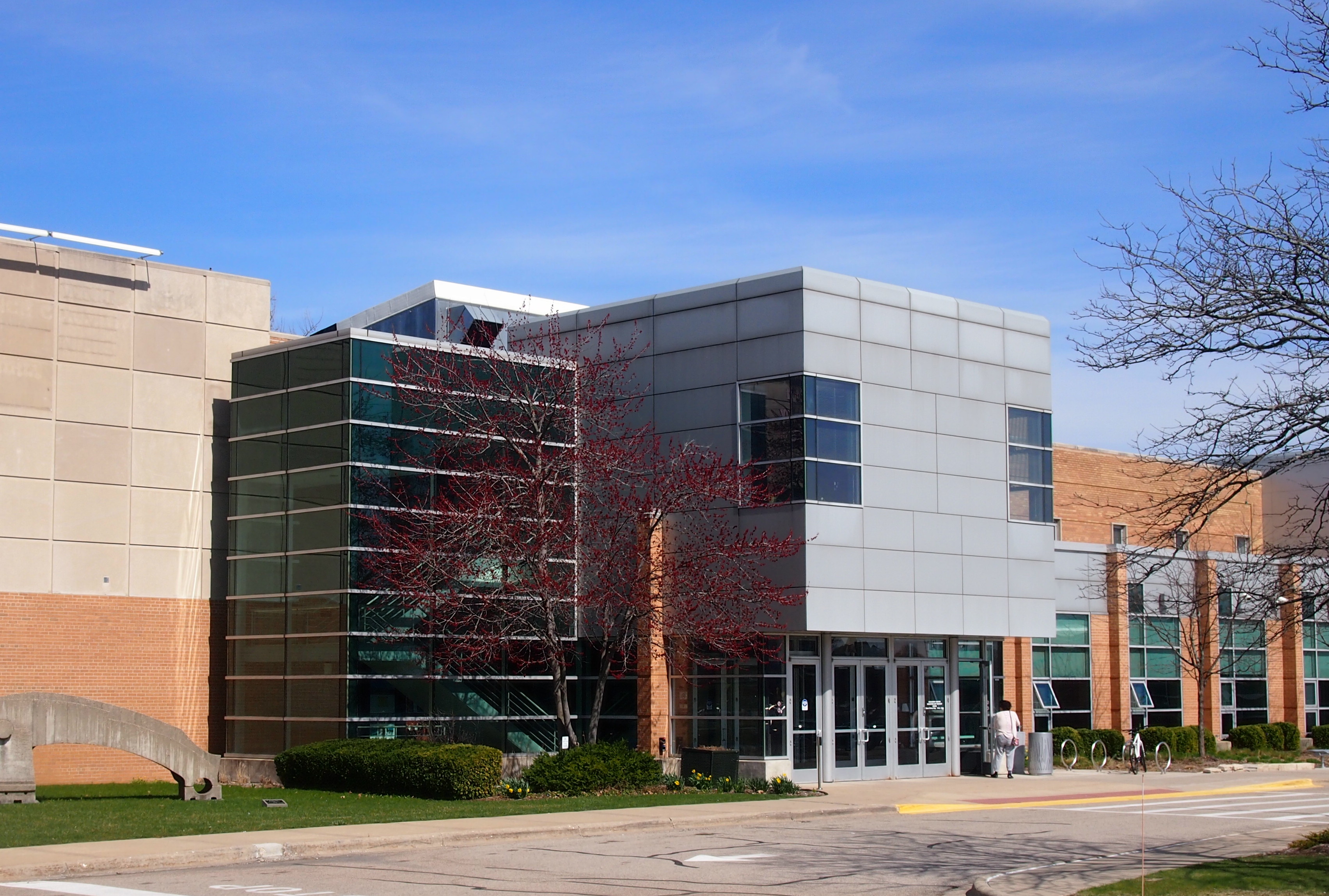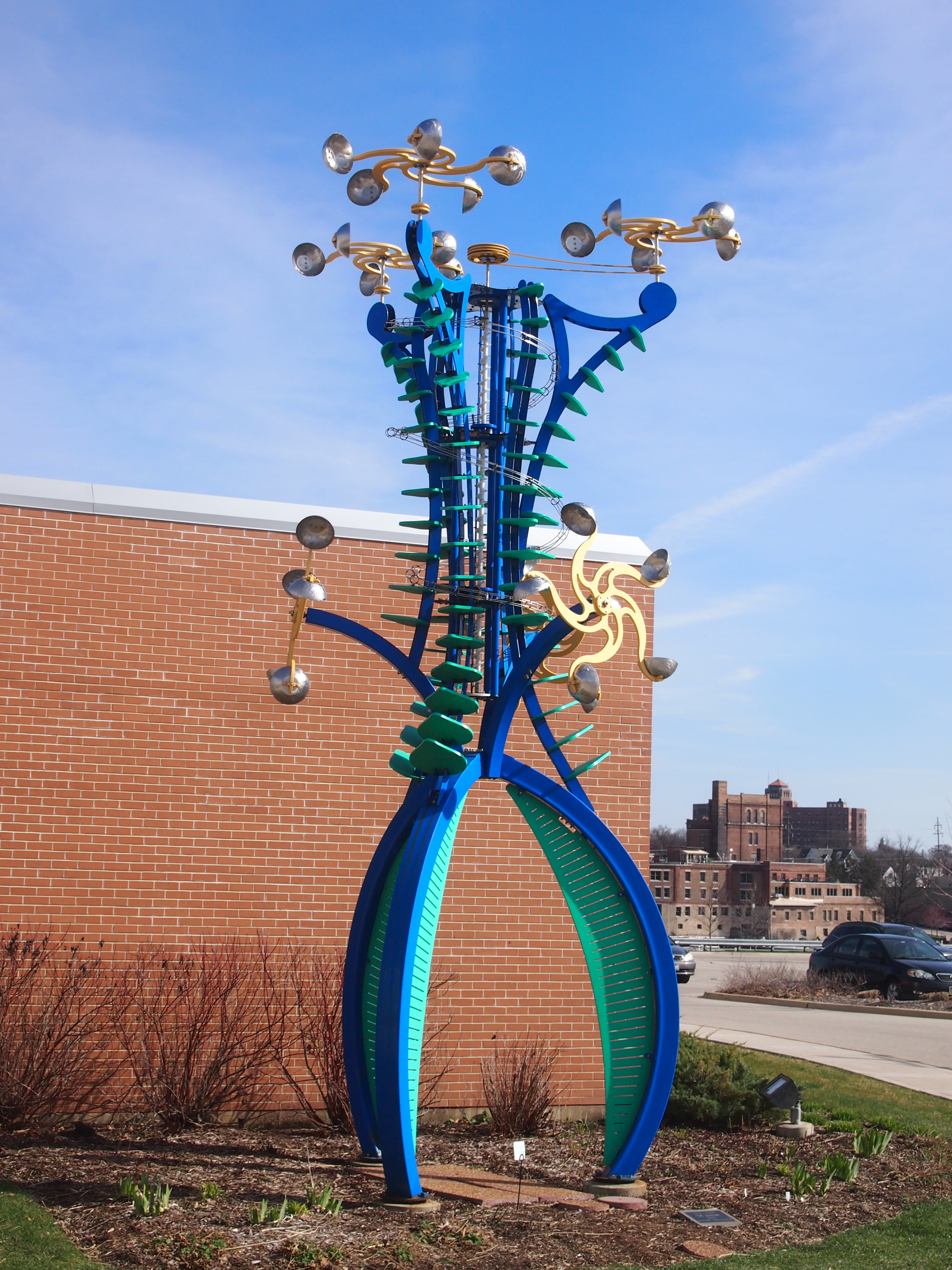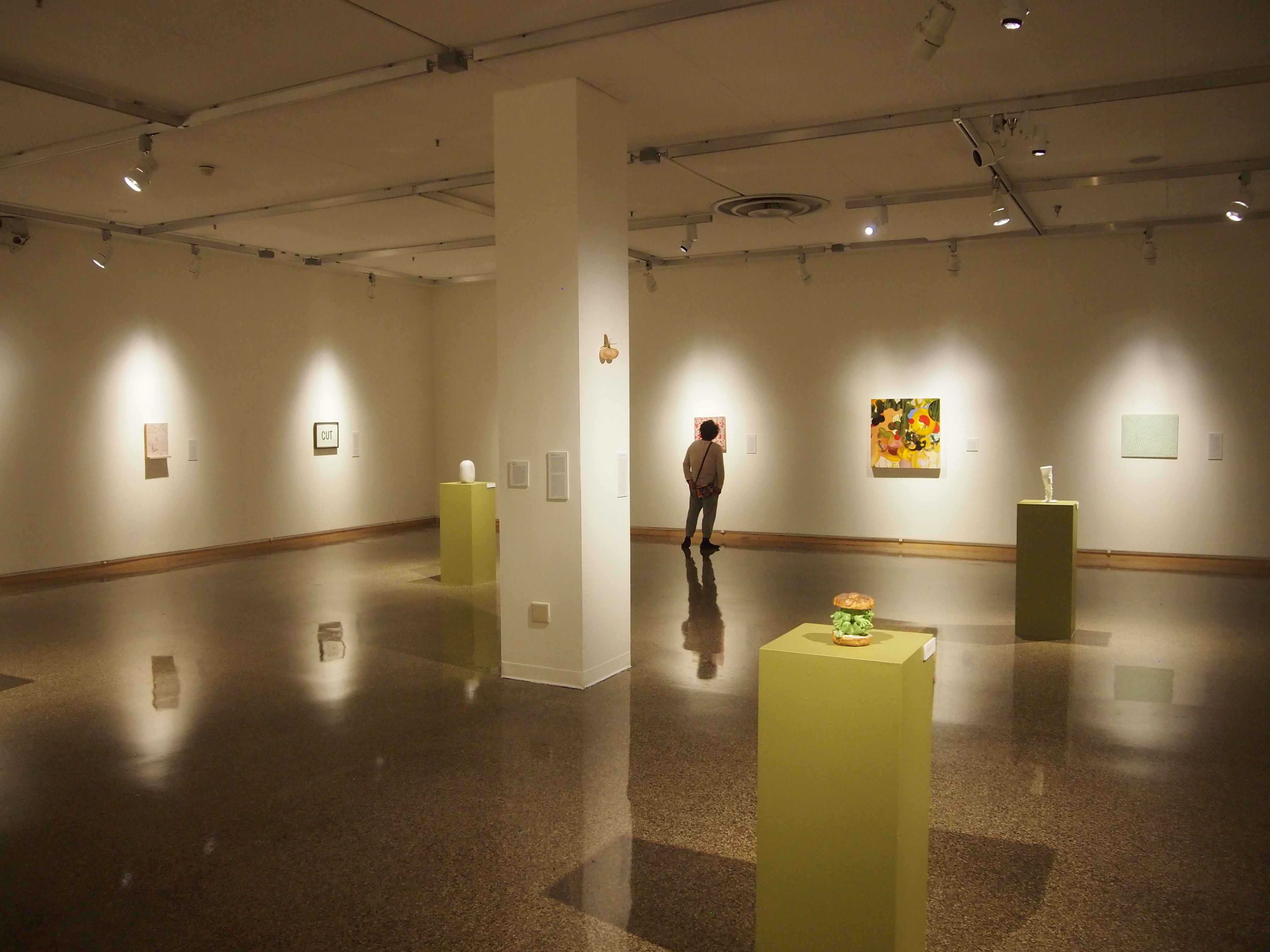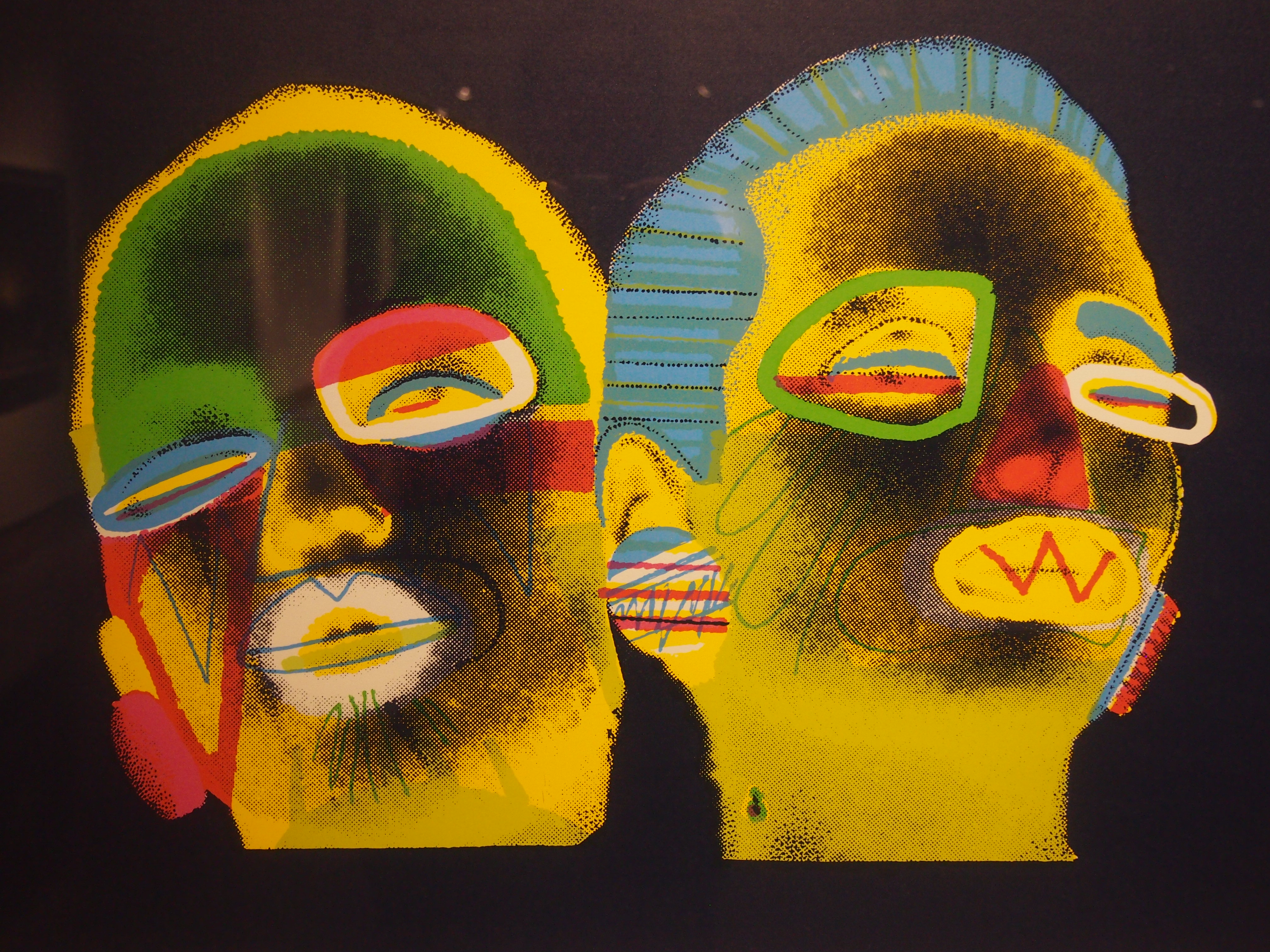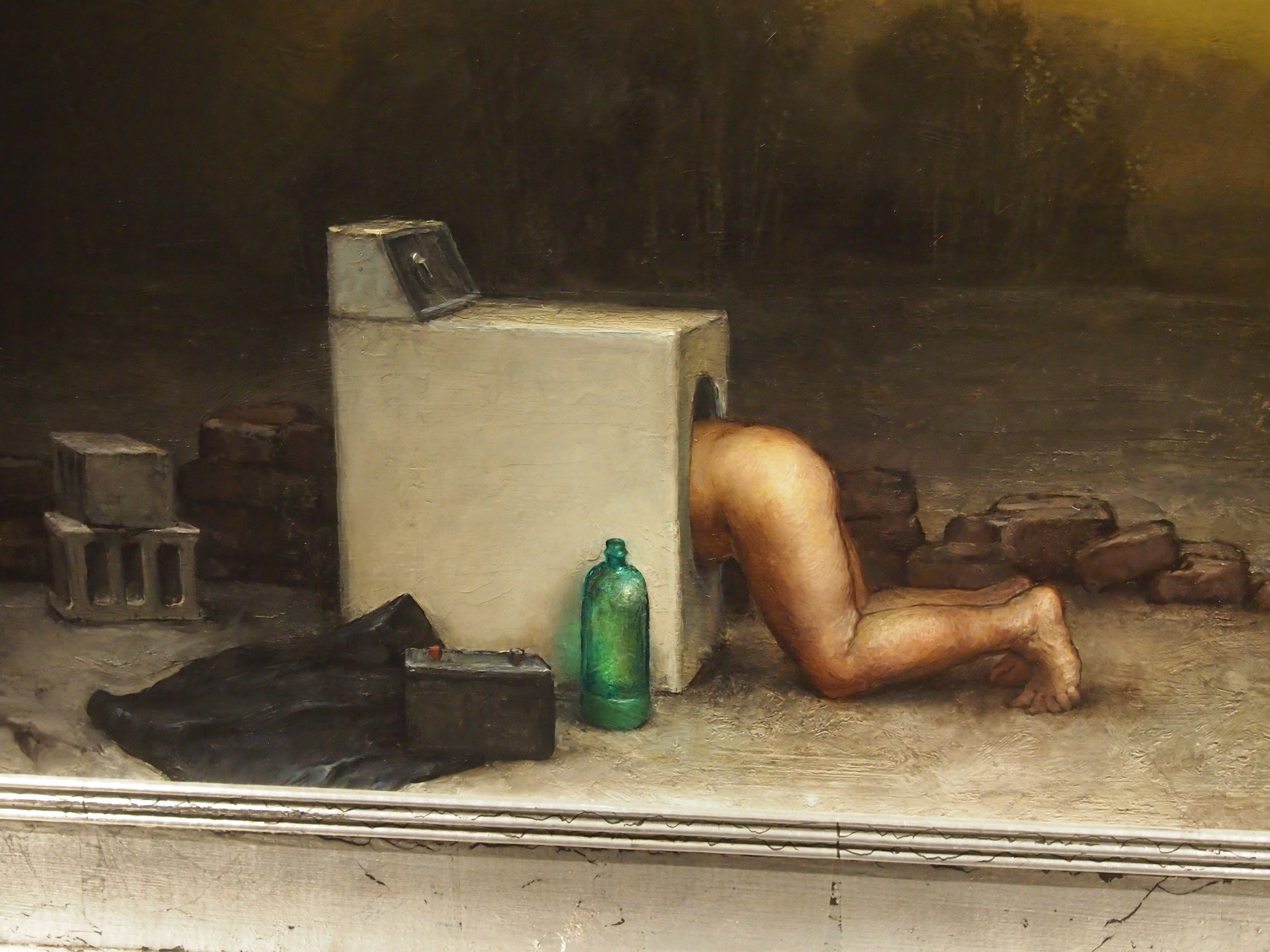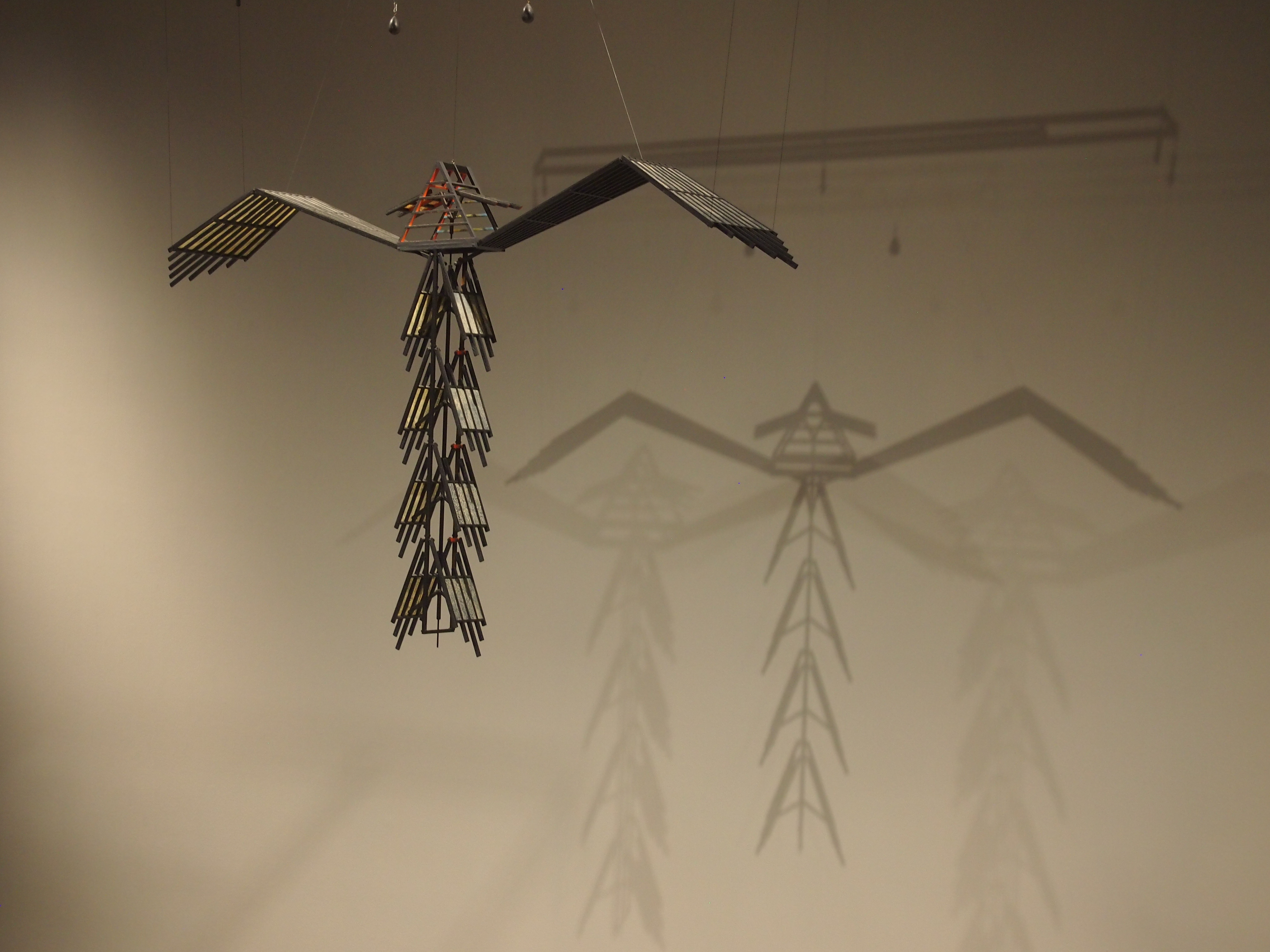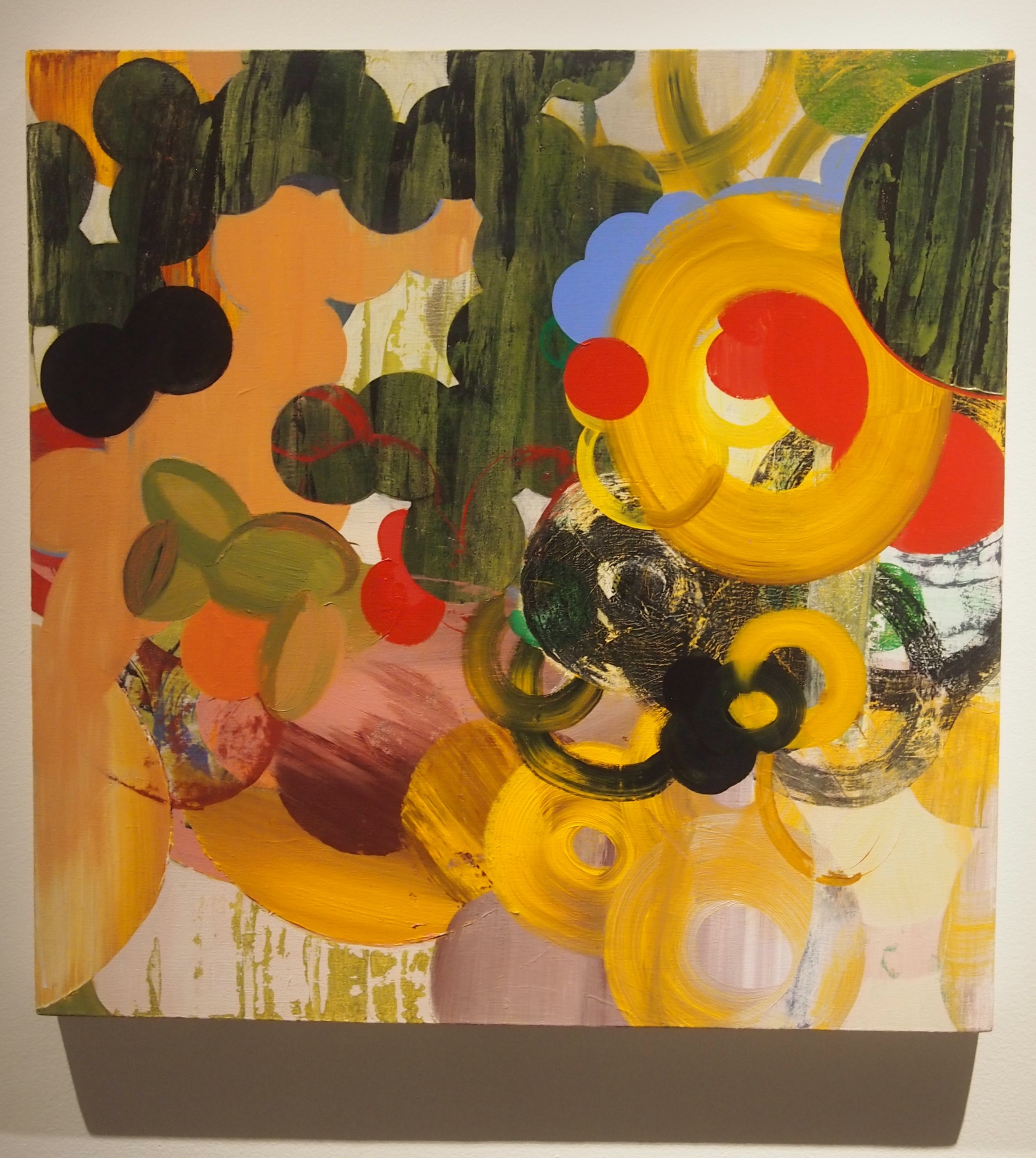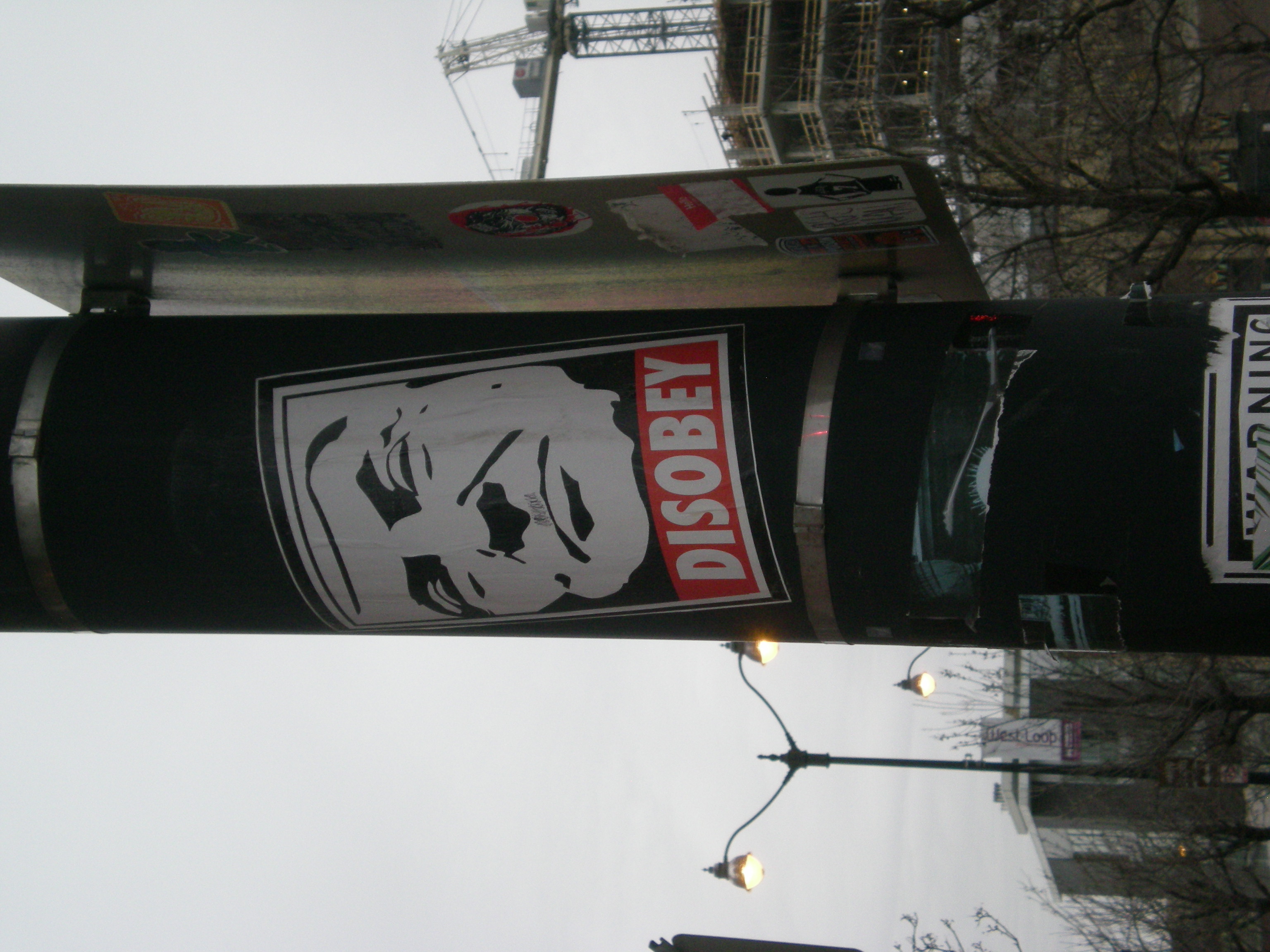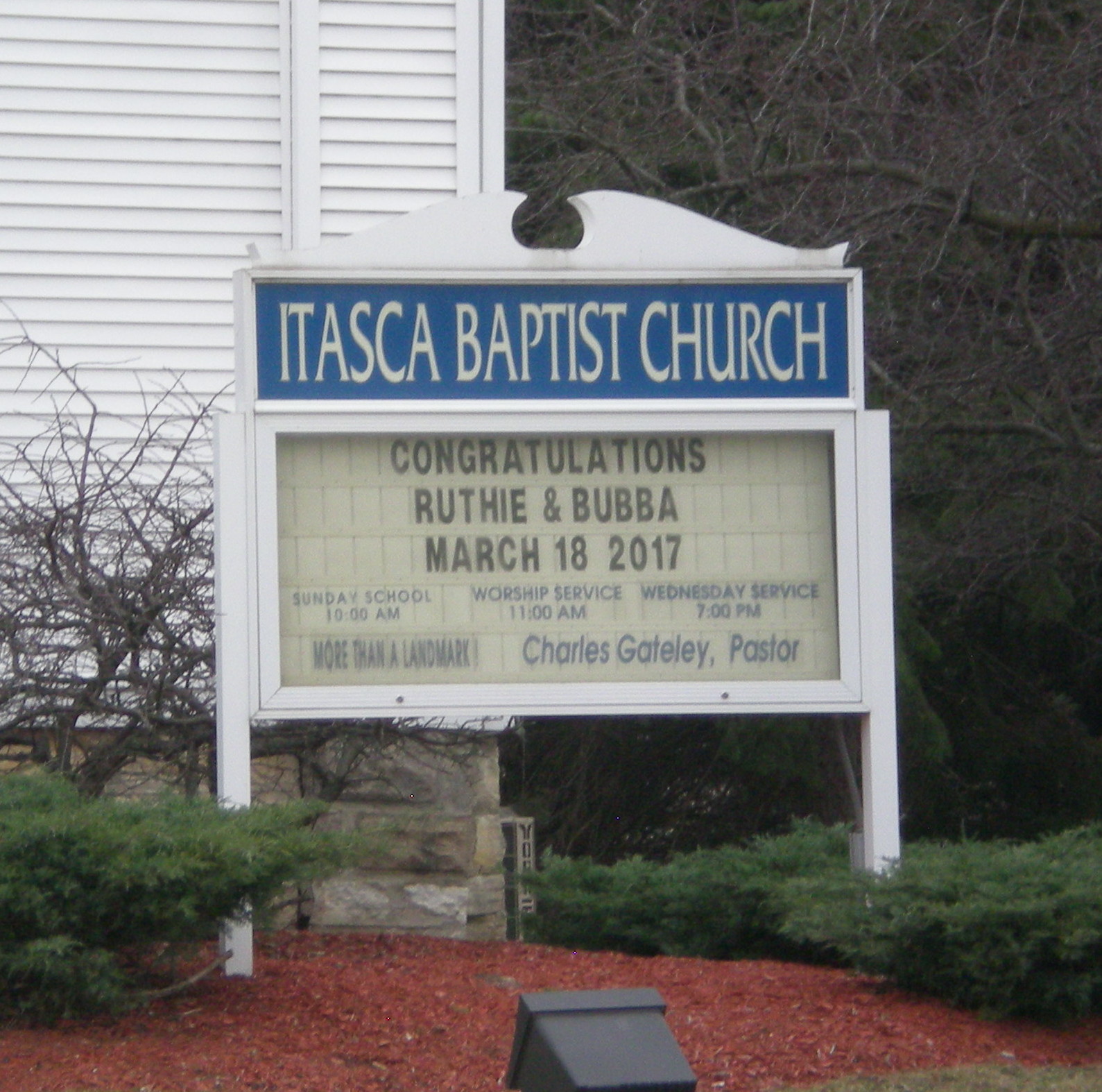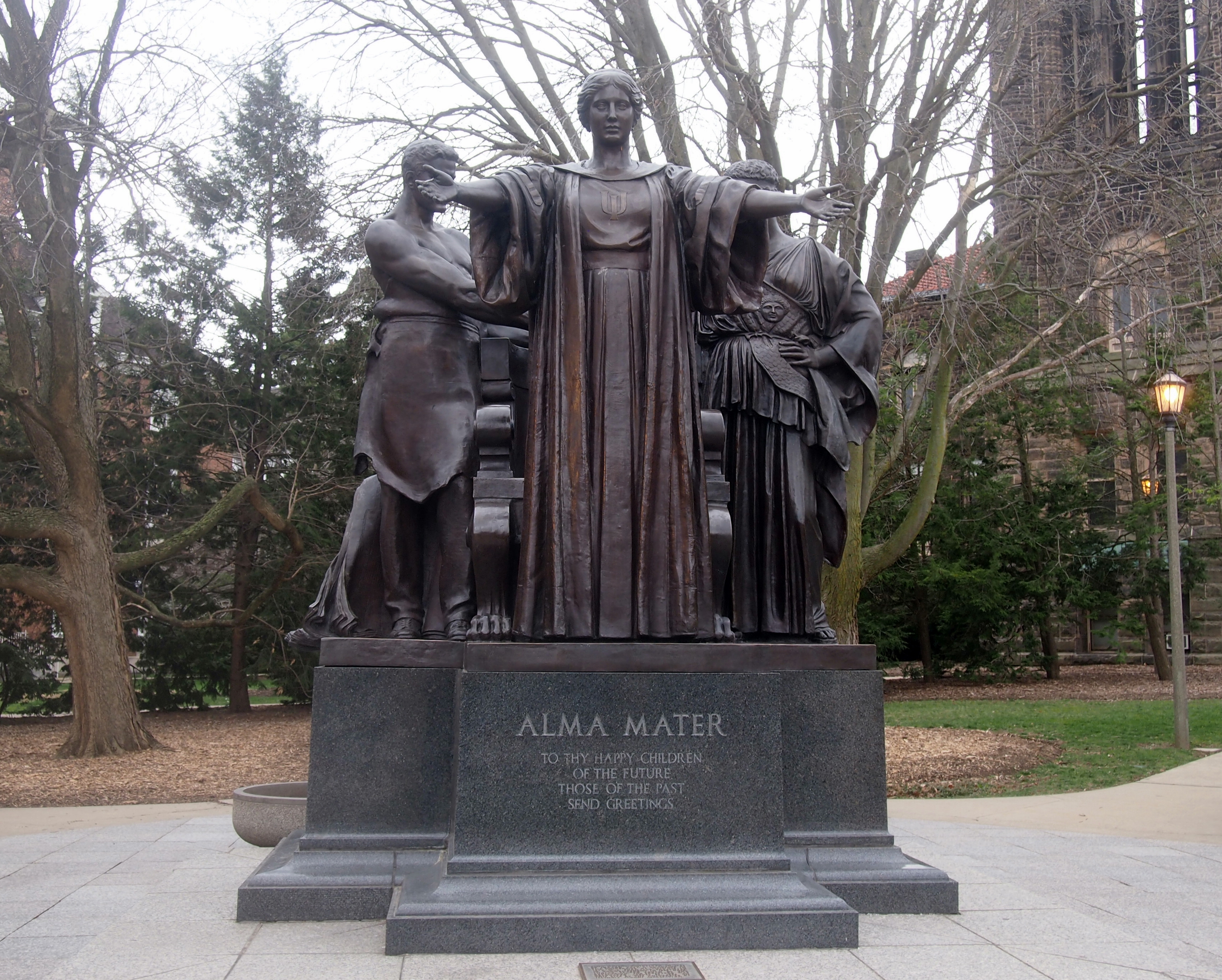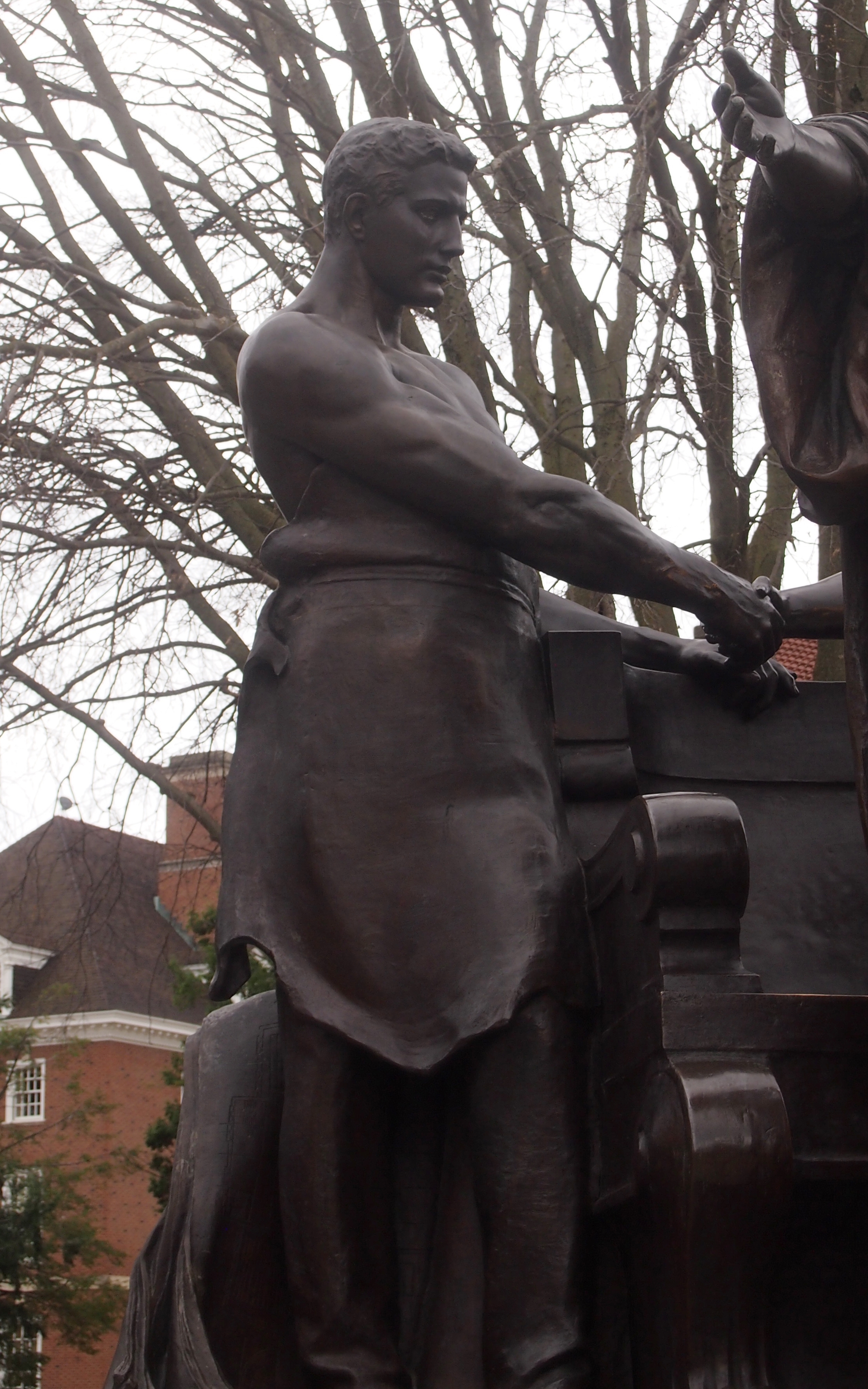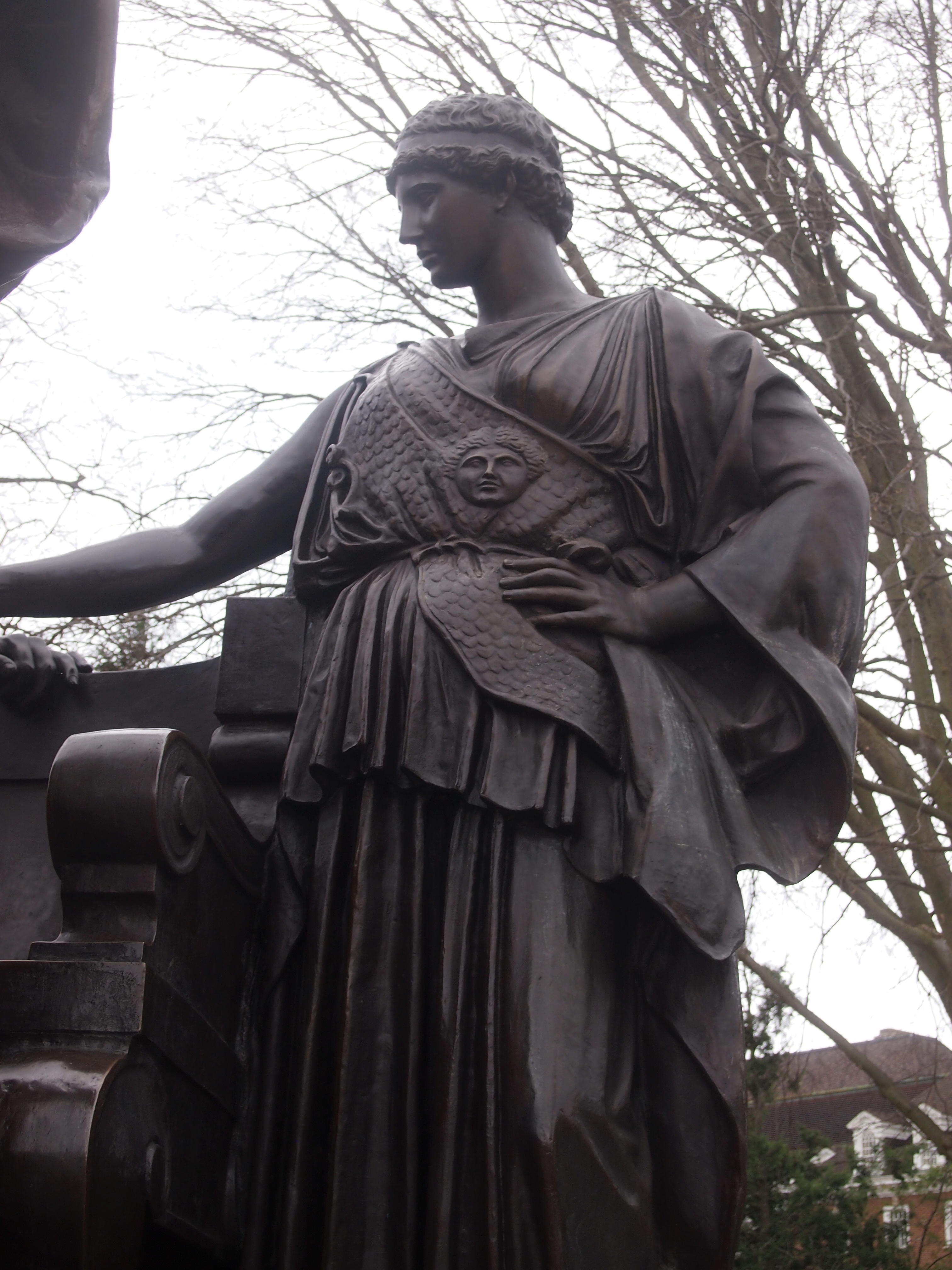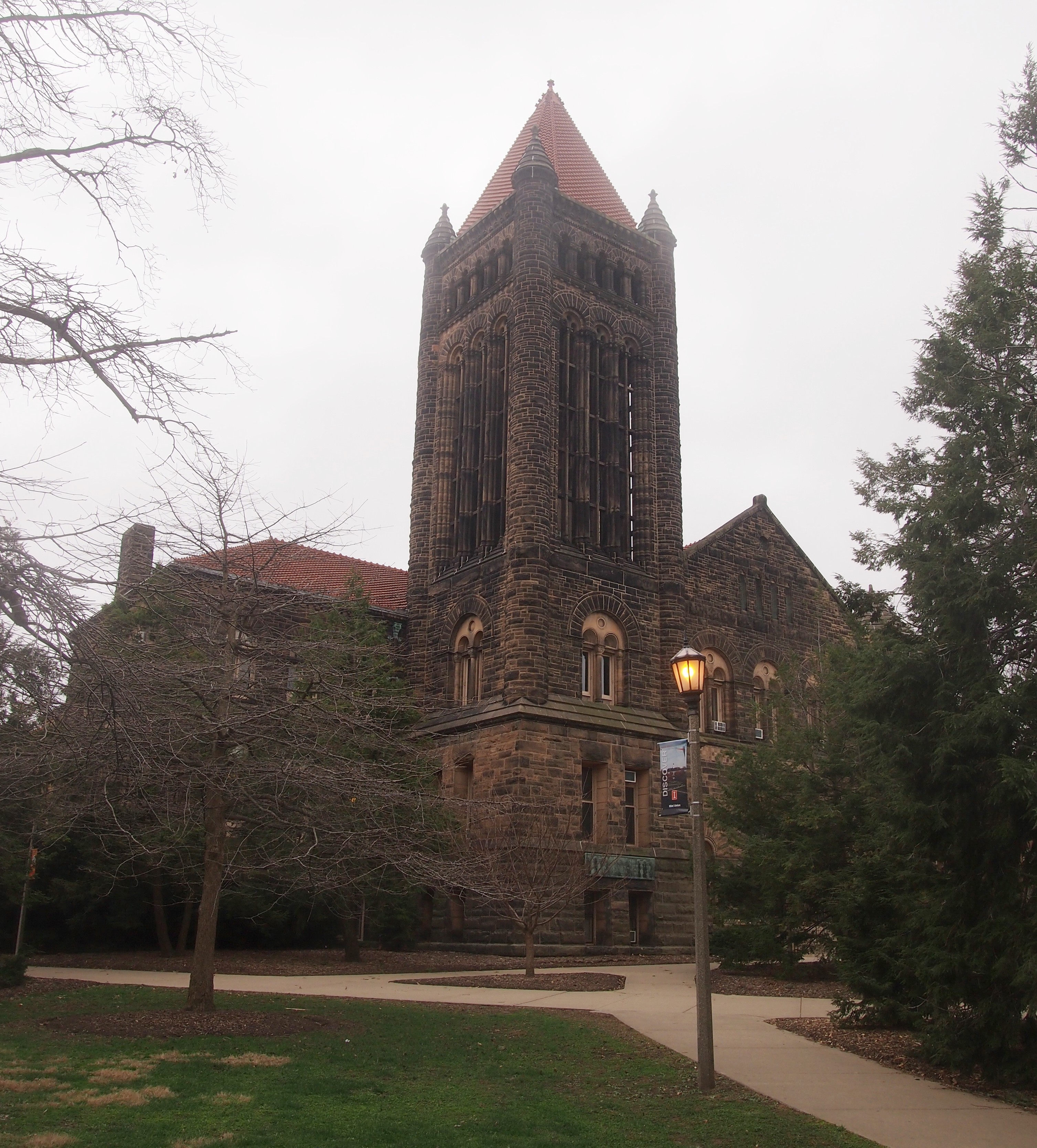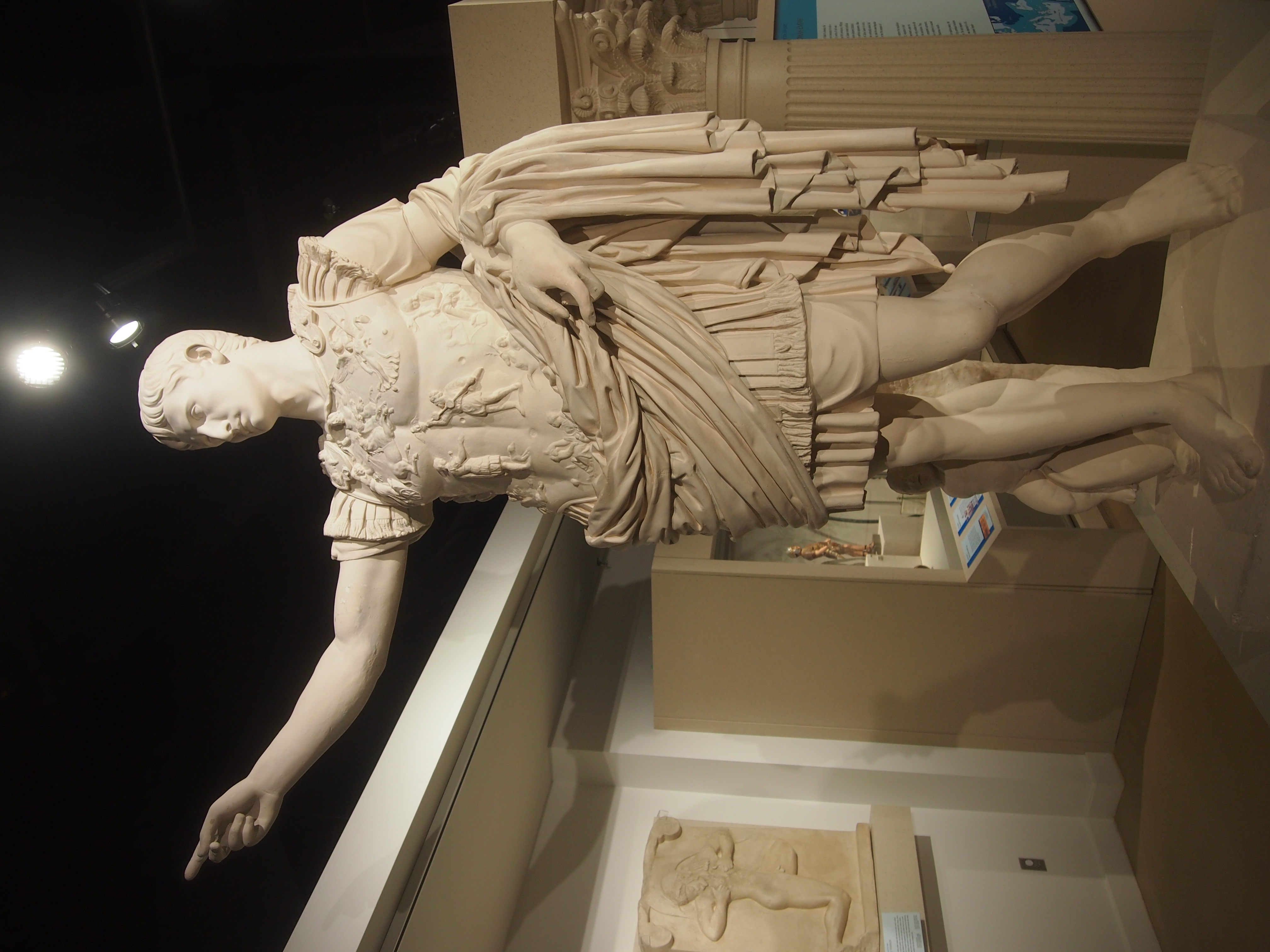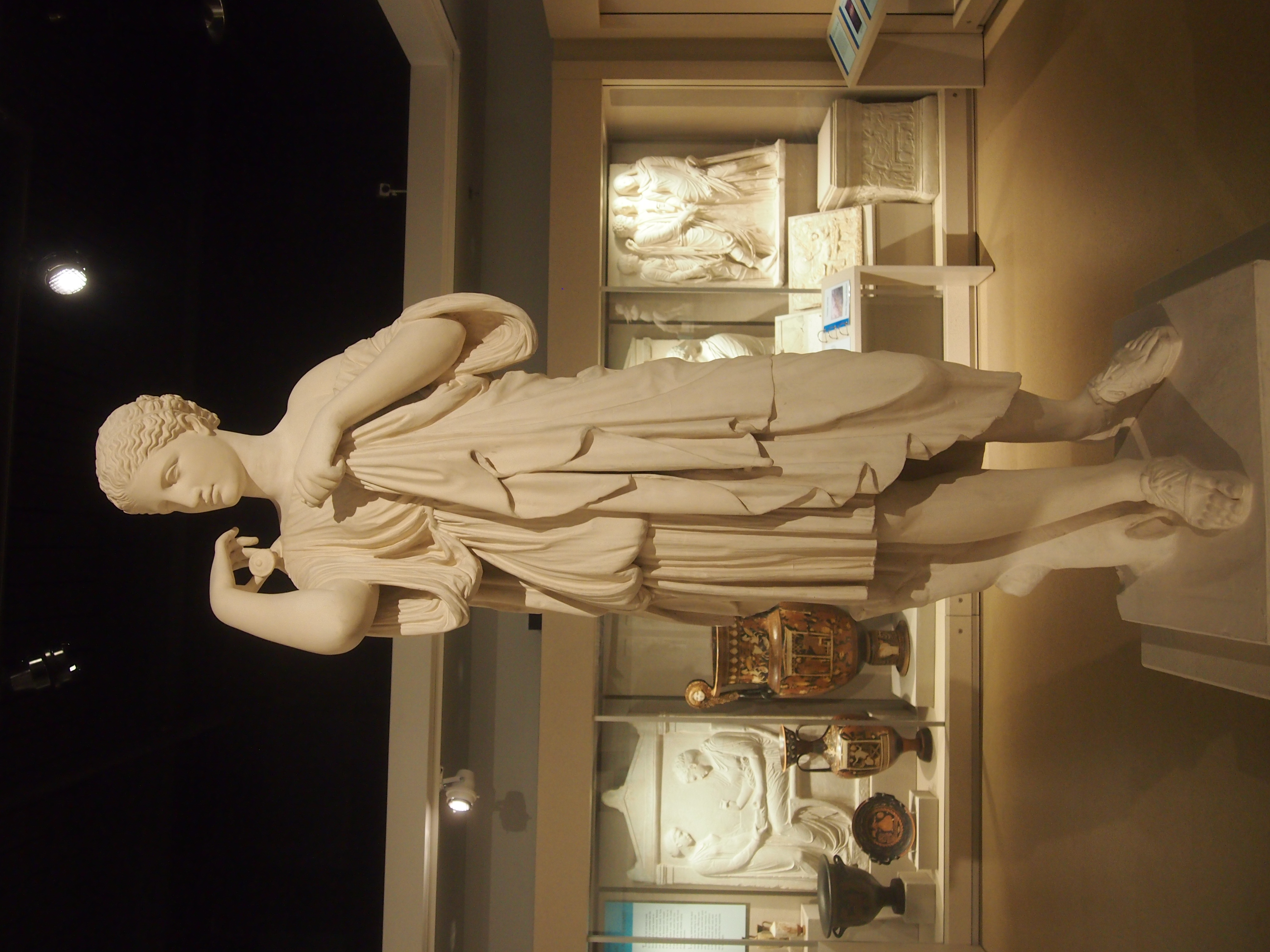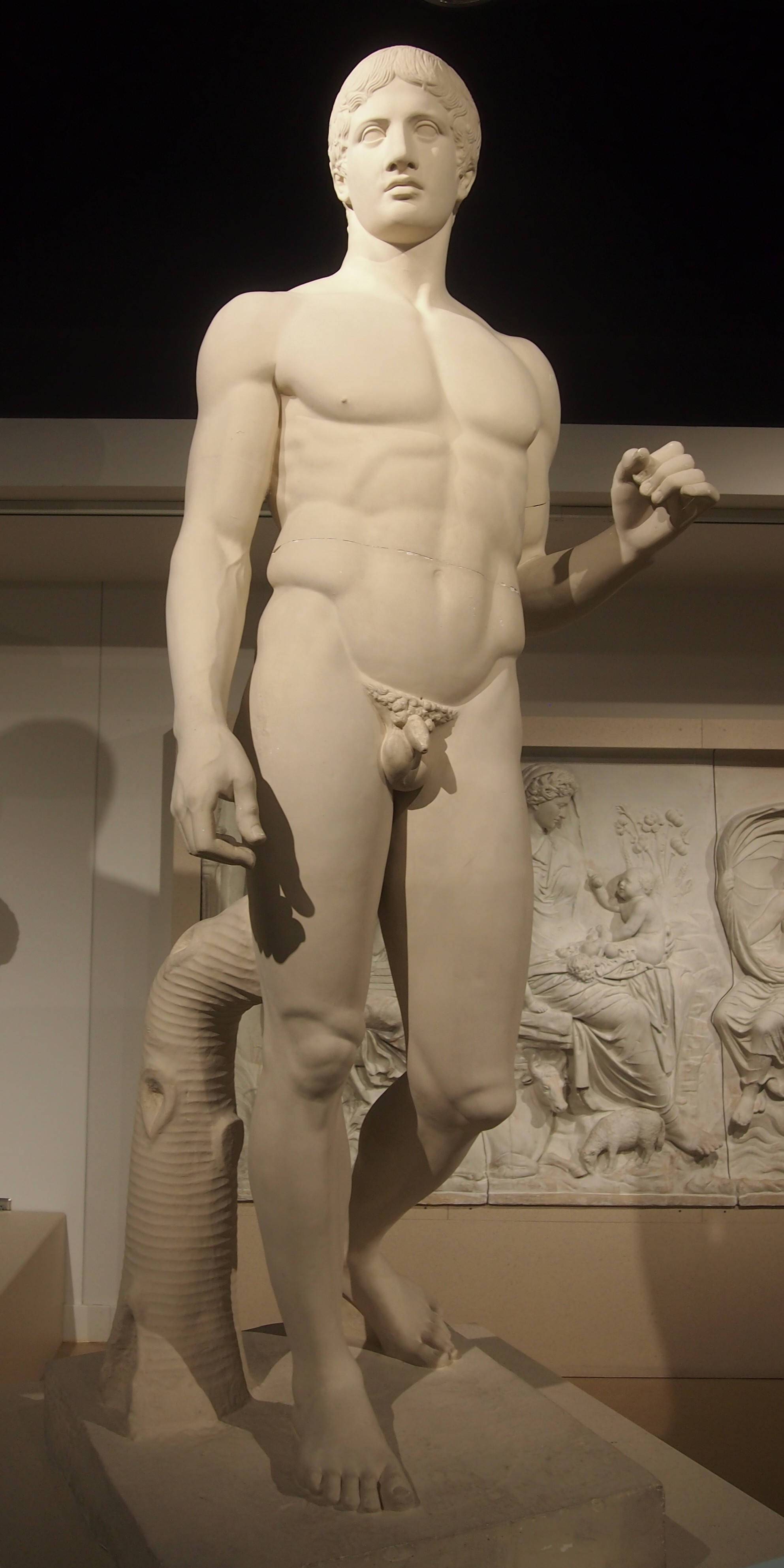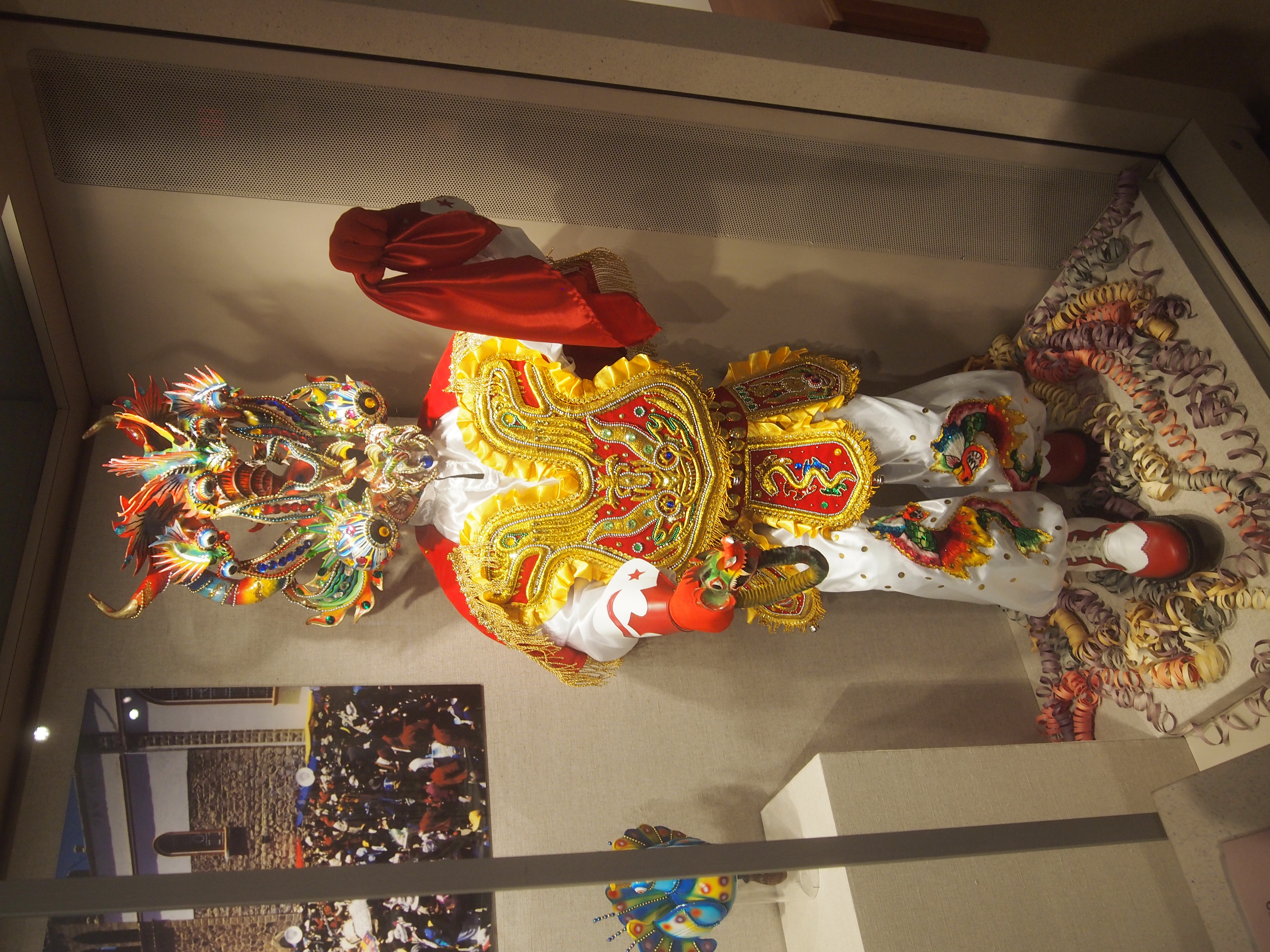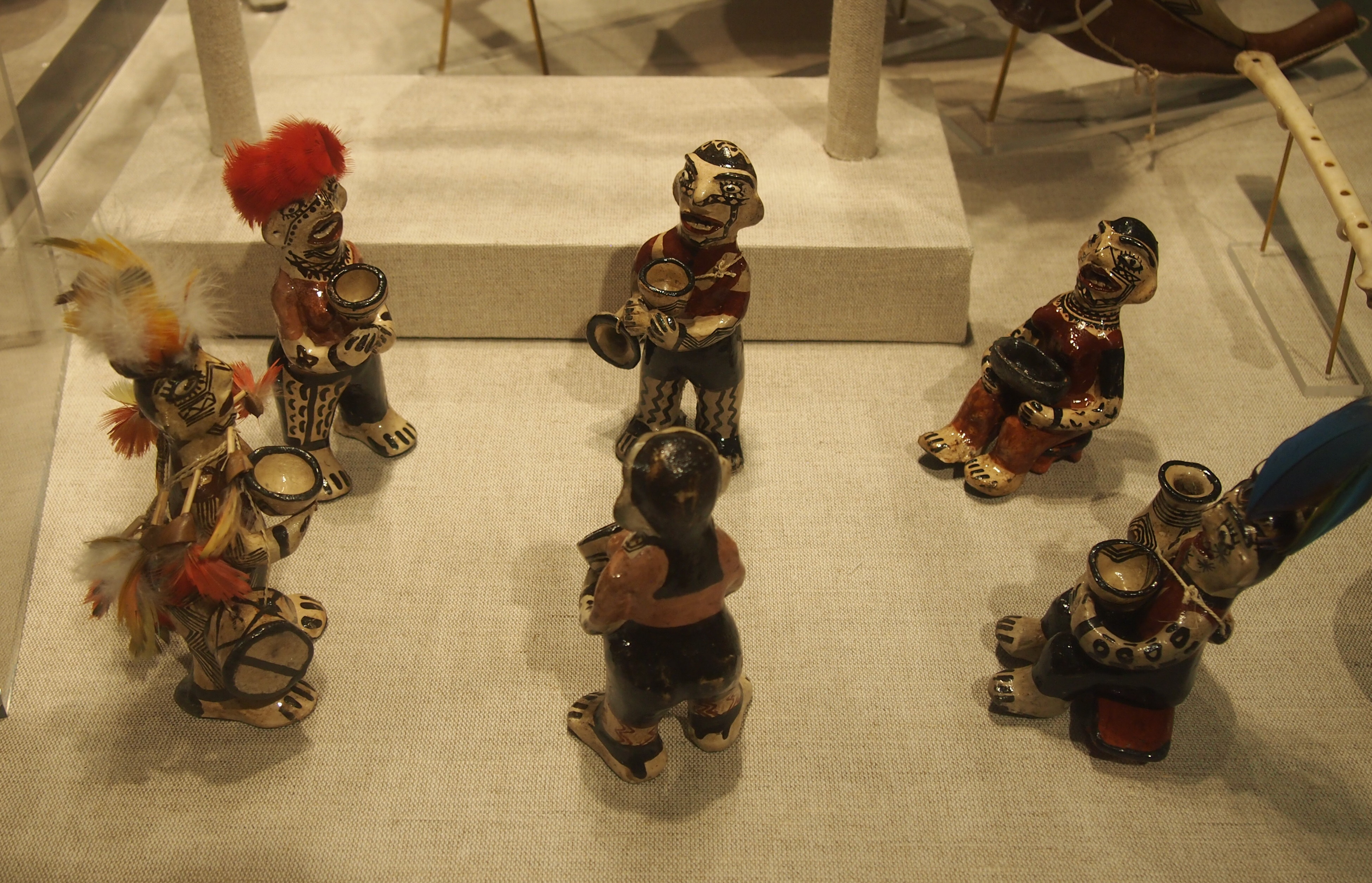At Grouseland in Vincennes, during the tour, our guide pointed out a sizable crack in the wall of one of the upstairs bedrooms. She said that was the only damage to the interior walls that the long-time modern owners of the property, the Daughters of the American Revolution, decided not to repair. That’s because the 1811-12 New Madrid earthquakes make the crack. That crack might be the only visible relic anywhere of that long-ago event. Historic damage preservation, you might call it.
Outside of the Harrison mansion are a few memorials, one of which is homely indeed.
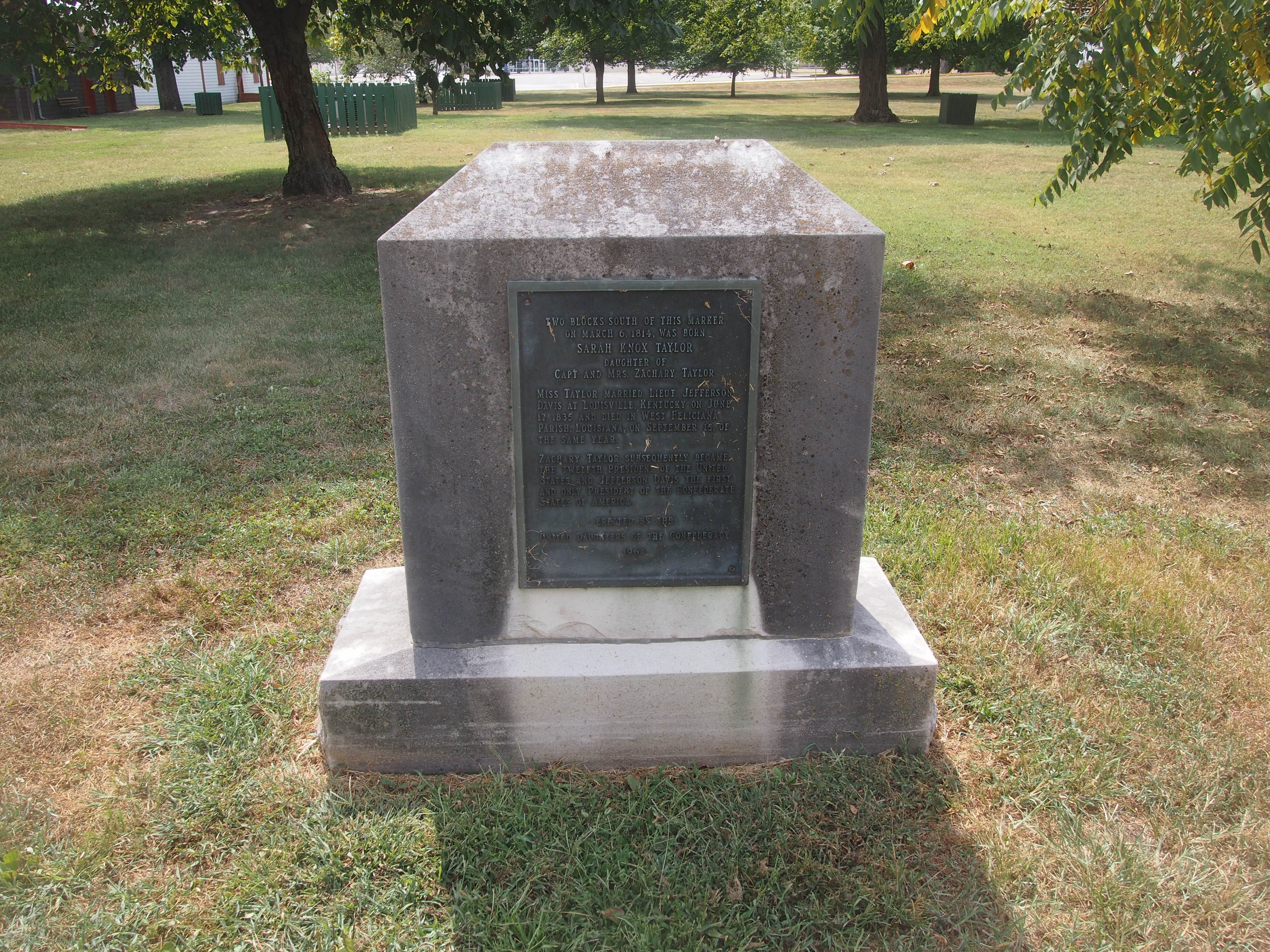 Two blocks south of this marker on March 6, 1814, was born Sarah Knox Taylor, daughter of Capt. and Mrs. Zachary Taylor.
Two blocks south of this marker on March 6, 1814, was born Sarah Knox Taylor, daughter of Capt. and Mrs. Zachary Taylor.
Miss Taylor married Lieut. Jefferson Davis at Louisville, Kentucky on July 17, 1835 and died in West Feliciana Parish, Louisiana, on September 15 of that same year.
Zachary Taylor subsequently became the twelfth President of the United States, and Jefferson Davis the first and only President of the Confederate States of America.
Erected by the United Daughters of the Confederacy 1964
A Confederate memorial, sort of, but somehow I doubt that memorial revisionists are going to be flustered by it.
Grouseland has a small gift shop. You can buy William Henry Harrison Pez dispensers there. I did.
 WHH Pez is now going to keep company with my Franklin Pierce bobblehead.
WHH Pez is now going to keep company with my Franklin Pierce bobblehead.
At the George Rogers Clark National Historical Park gift shop, you can buy a flag I’ve never seen anywhere else: the George Rogers Clark Flag. I got one of those, too.
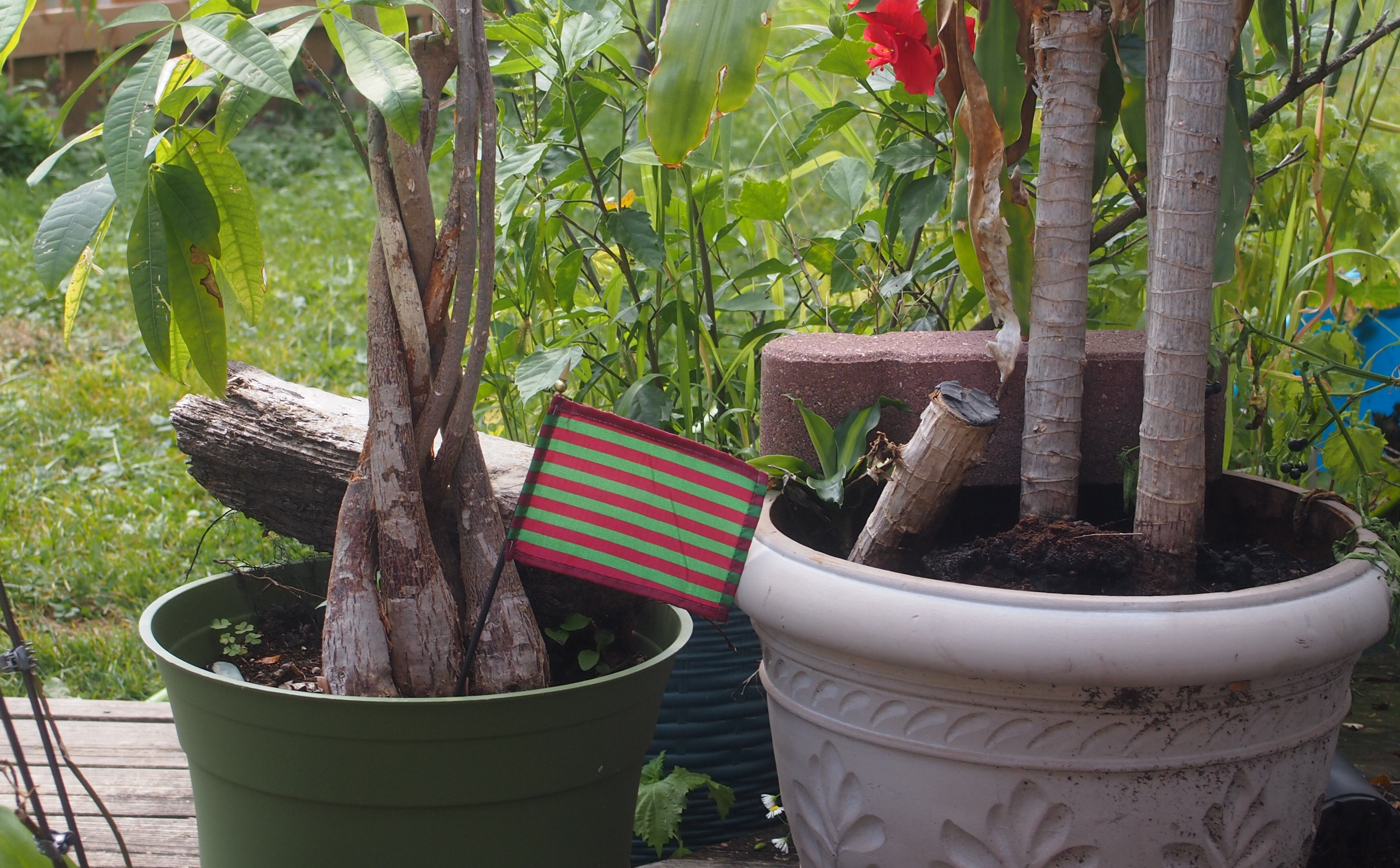 The Clark flag is now going to keep company with my Come And Take It flag that flies on our deck during the warm months.
The Clark flag is now going to keep company with my Come And Take It flag that flies on our deck during the warm months.
Apparently Clark’s men didn’t carry the flag at the Battle of Vincennes, but it was around — a previous American commander at Sackville, before the British took the fort, might have used it. Clark got his name attached to it anyway. Also, it isn’t clear why red and green were its colors. Never mind, all that mystery adds interest. It’s distinctive, and you can find it displayed with more conventional flags at the National Historical Park.
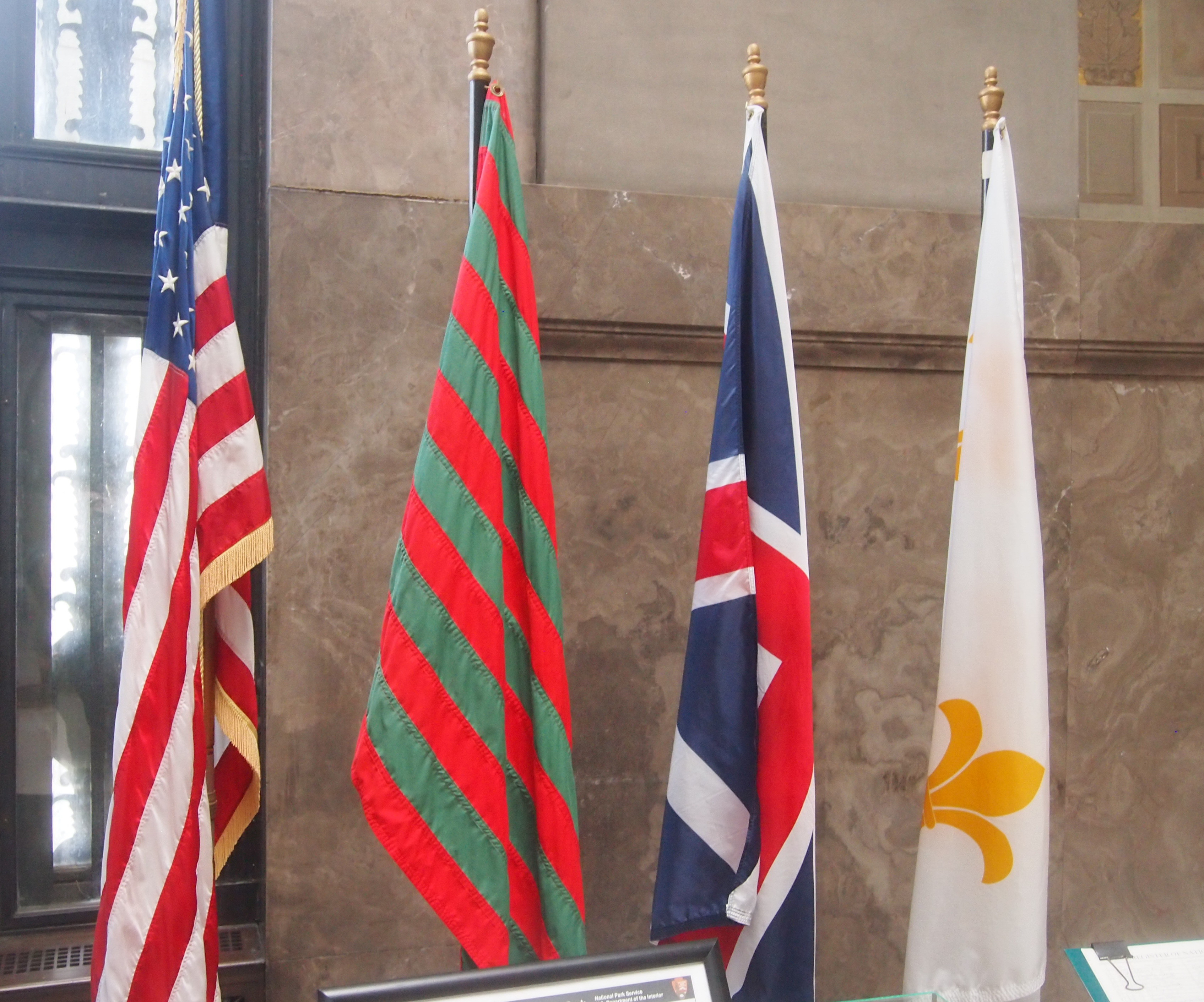 Visible from the George Rogers Clark National Historical Park is the Lincoln Memorial Bridge across the Wabash (US 50), the border at that place between Indiana and Illinois. An elegant bridge.
Visible from the George Rogers Clark National Historical Park is the Lincoln Memorial Bridge across the Wabash (US 50), the border at that place between Indiana and Illinois. An elegant bridge.
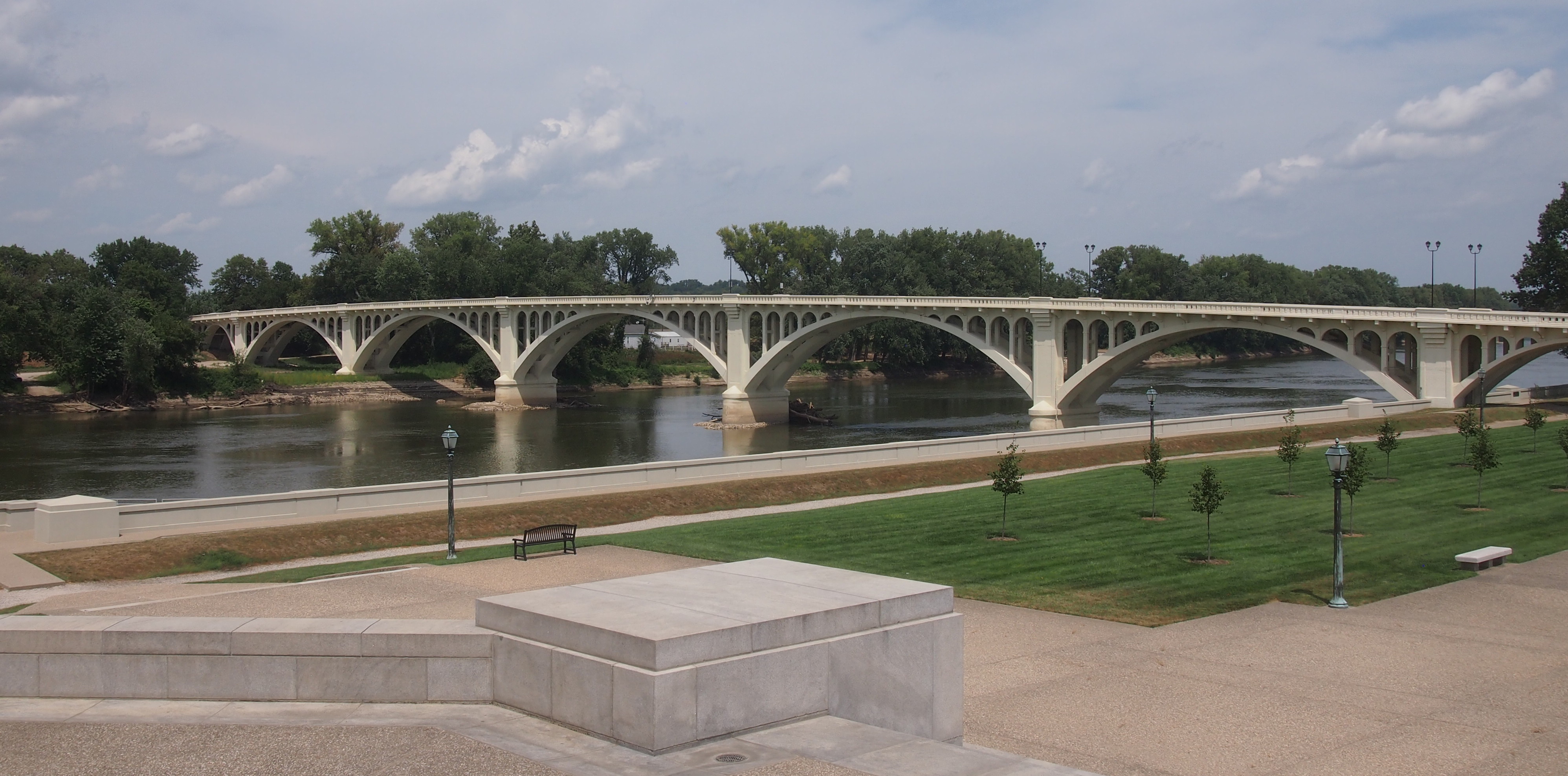 This was where a young Abraham Lincoln (age 21) and his family is thought to have crossed into Illinois for the first time in 1830. On the Illinois side of the river, that event is marked with a memorial.
This was where a young Abraham Lincoln (age 21) and his family is thought to have crossed into Illinois for the first time in 1830. On the Illinois side of the river, that event is marked with a memorial.
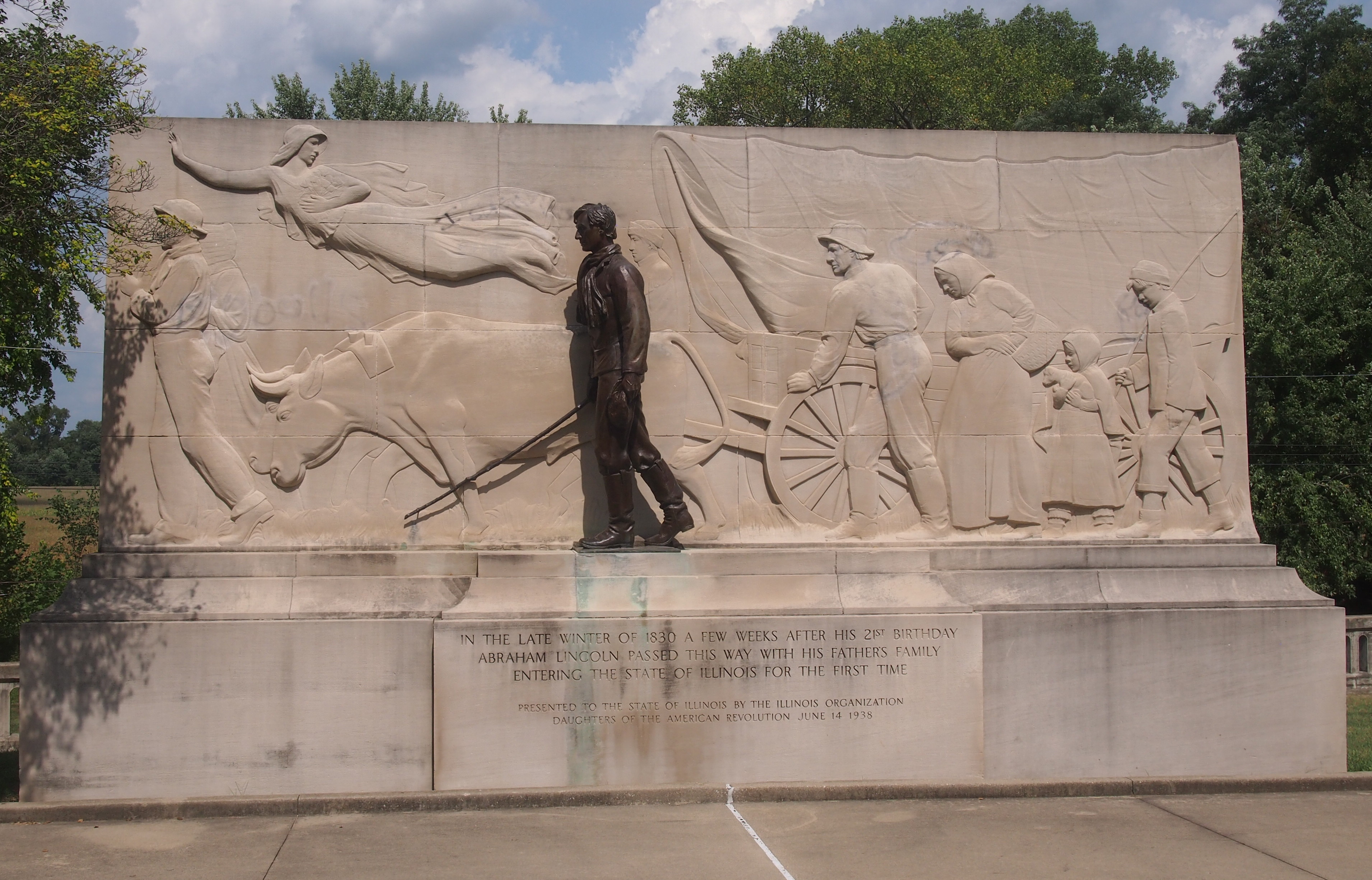 Probably the Lincolns crossed the river on a ferry. Crossed the river, checked out the memorial, and then when on their way. I admit, that sounds like a scene from a Mel Brooks movie, but it’s something I thought of while looking at the memorial.
Probably the Lincolns crossed the river on a ferry. Crossed the river, checked out the memorial, and then when on their way. I admit, that sounds like a scene from a Mel Brooks movie, but it’s something I thought of while looking at the memorial.
Officially, it’s the Lincoln Trail State Memorial, designed by Nellie Verne Walker and erected in 1938.
One more thing in Vincennes: a small museum to a native son. Anyone younger than me (roughly) might have a hard time identifying him.
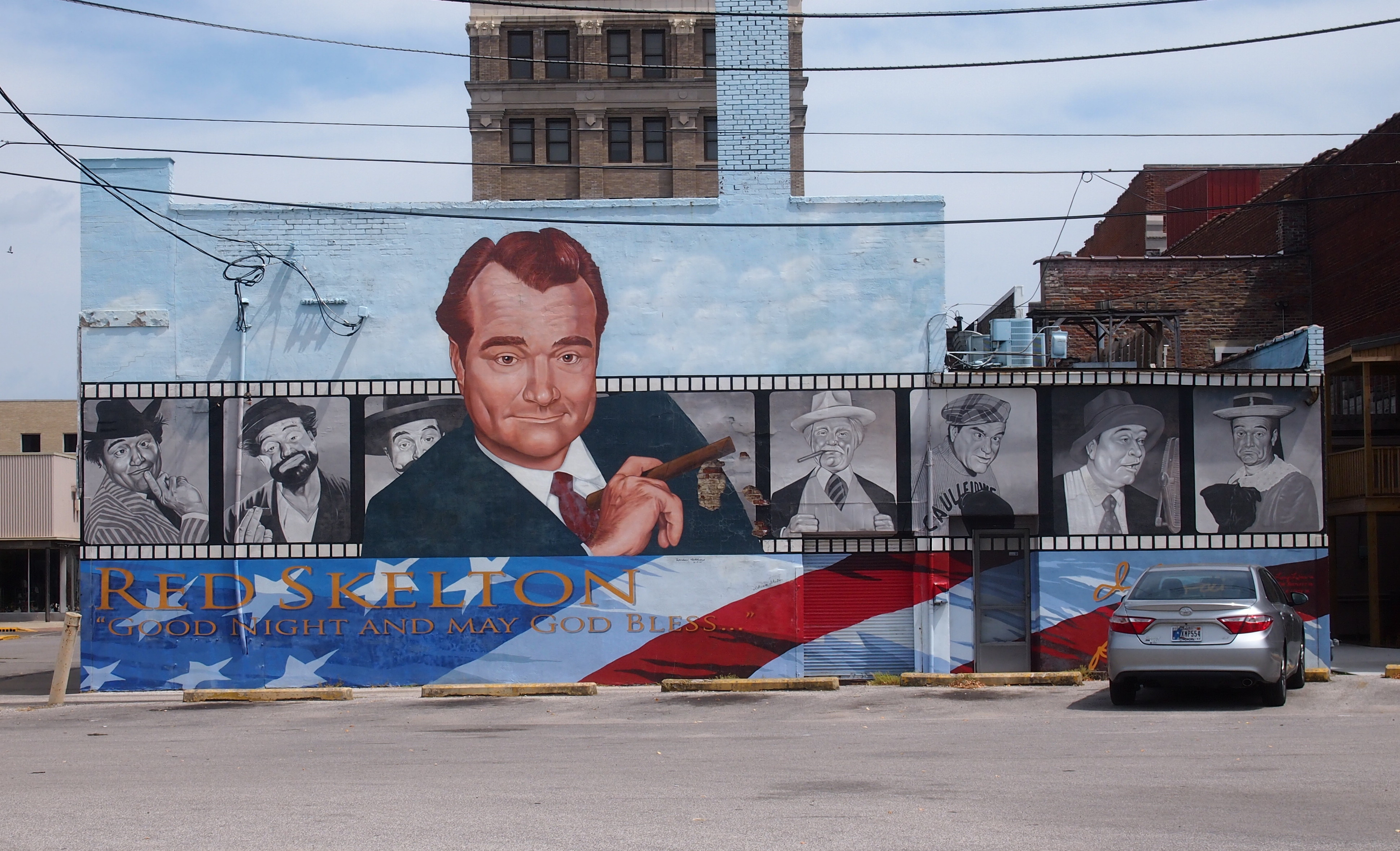 The museum was closed on Sunday, and we didn’t have time for it anyway, but I did tell the girls that Red Skelton was an old vaudevillian, long before my time. I remember him on television, which was essentially televised vaudeville in his case. Who in our time would do comedy that included “The Silent Spot”?
The museum was closed on Sunday, and we didn’t have time for it anyway, but I did tell the girls that Red Skelton was an old vaudevillian, long before my time. I remember him on television, which was essentially televised vaudeville in his case. Who in our time would do comedy that included “The Silent Spot”?
